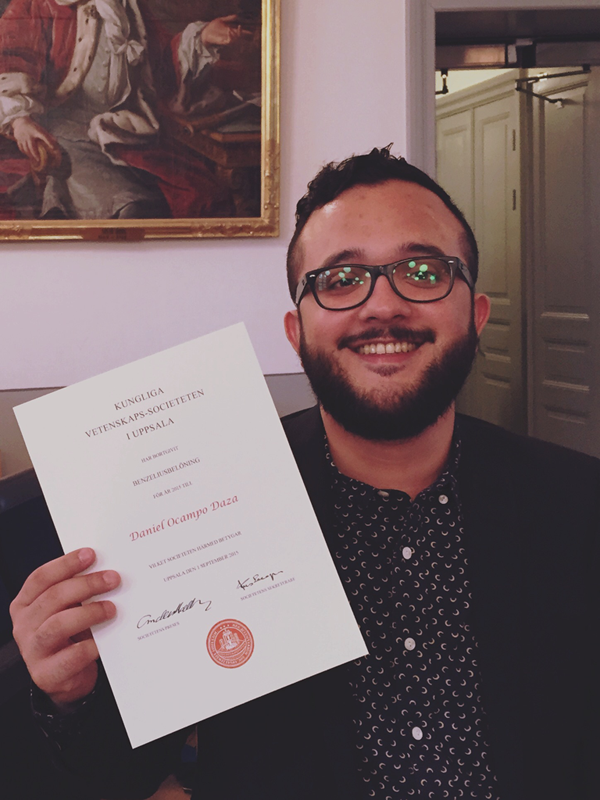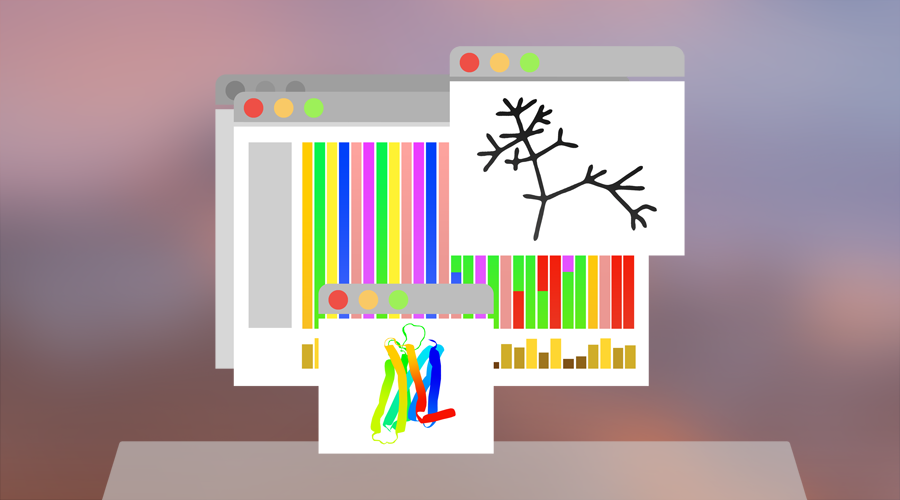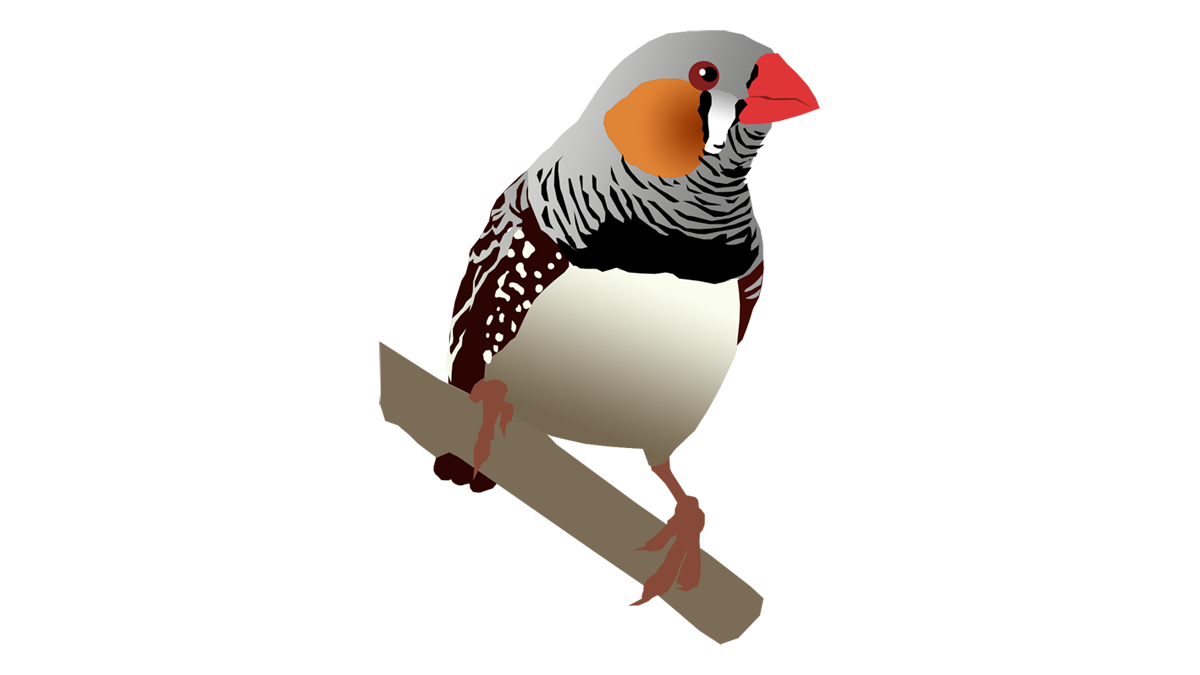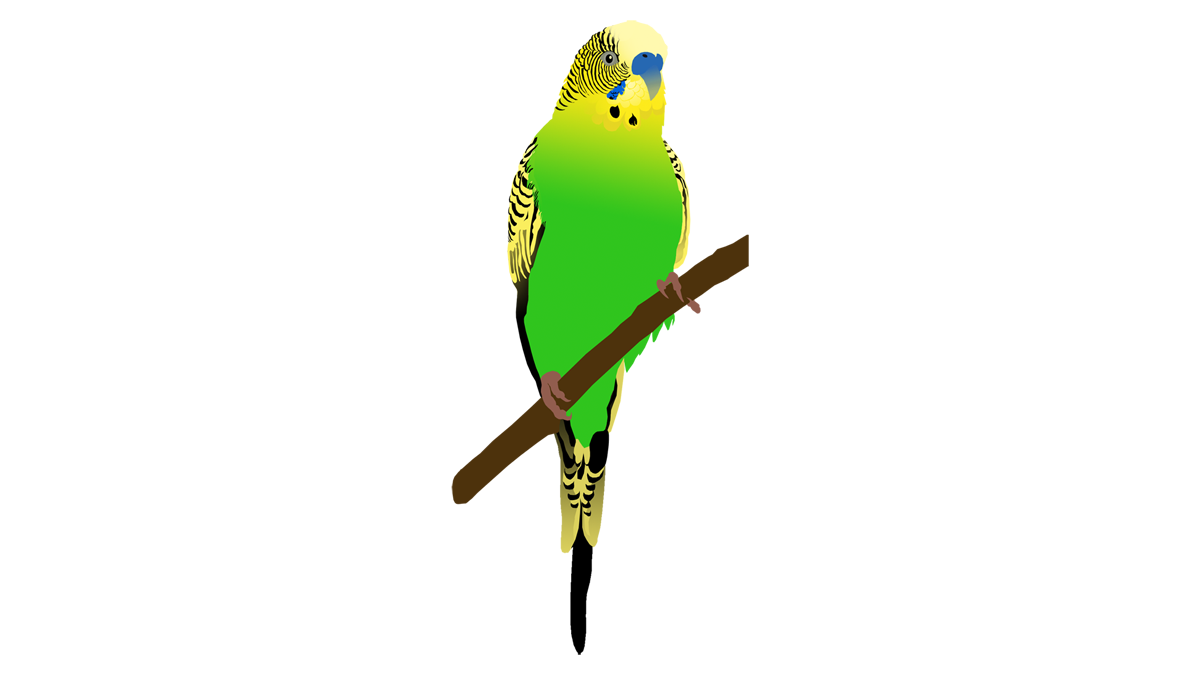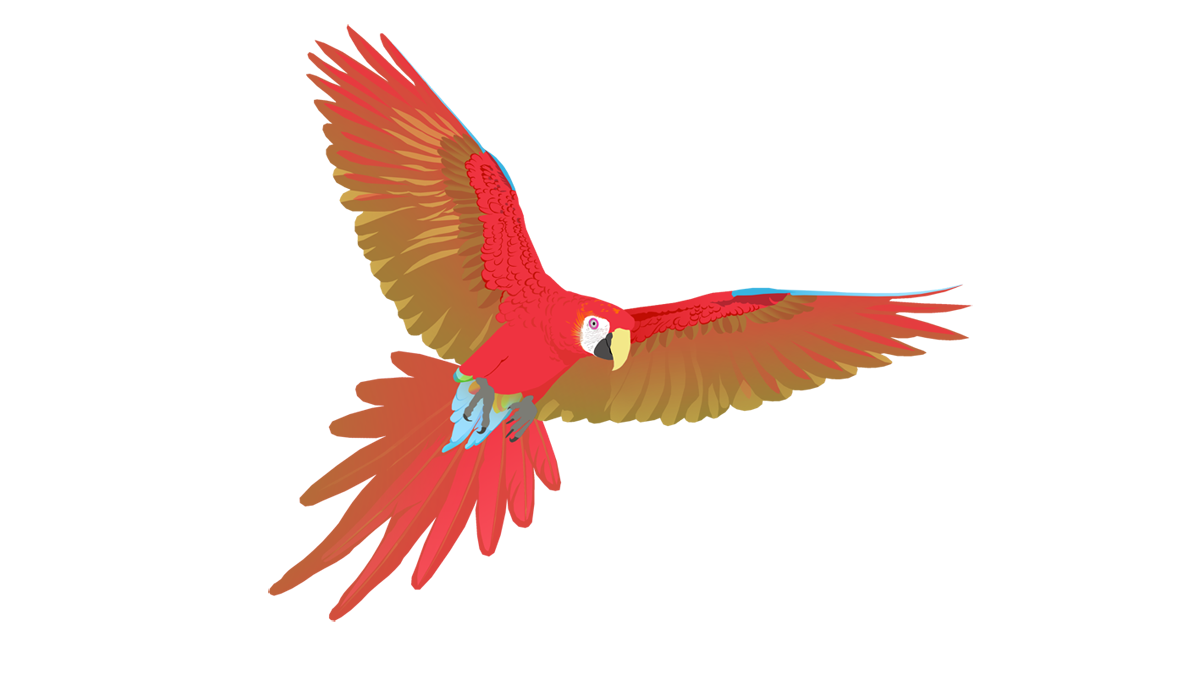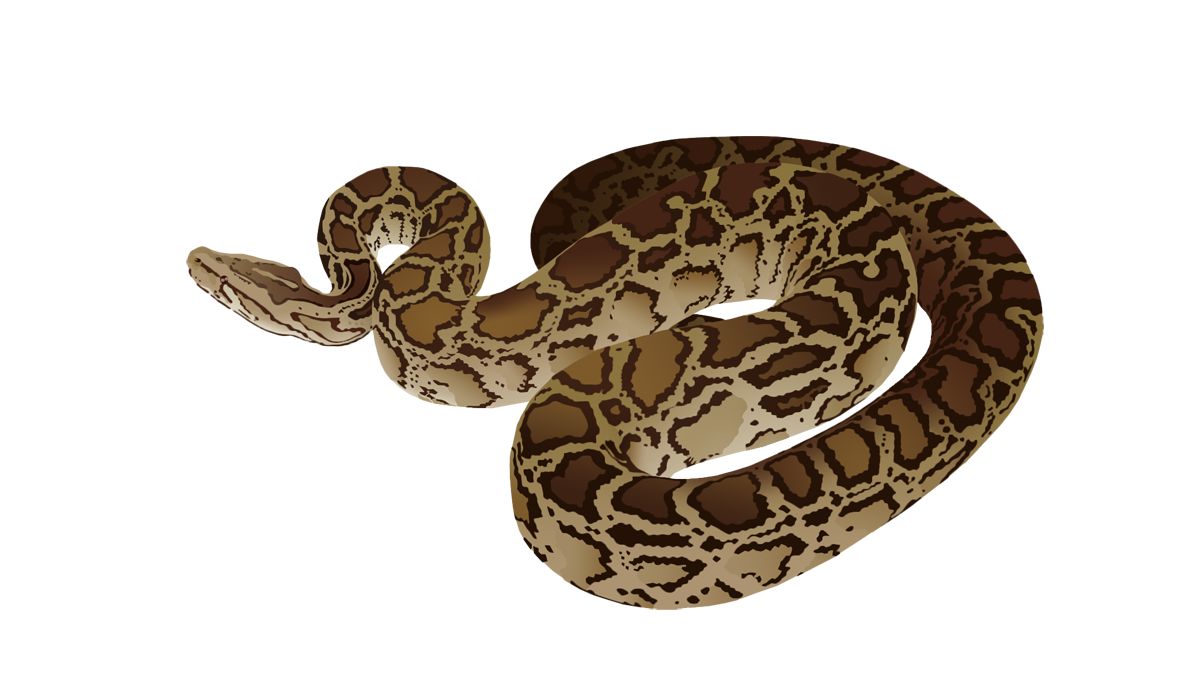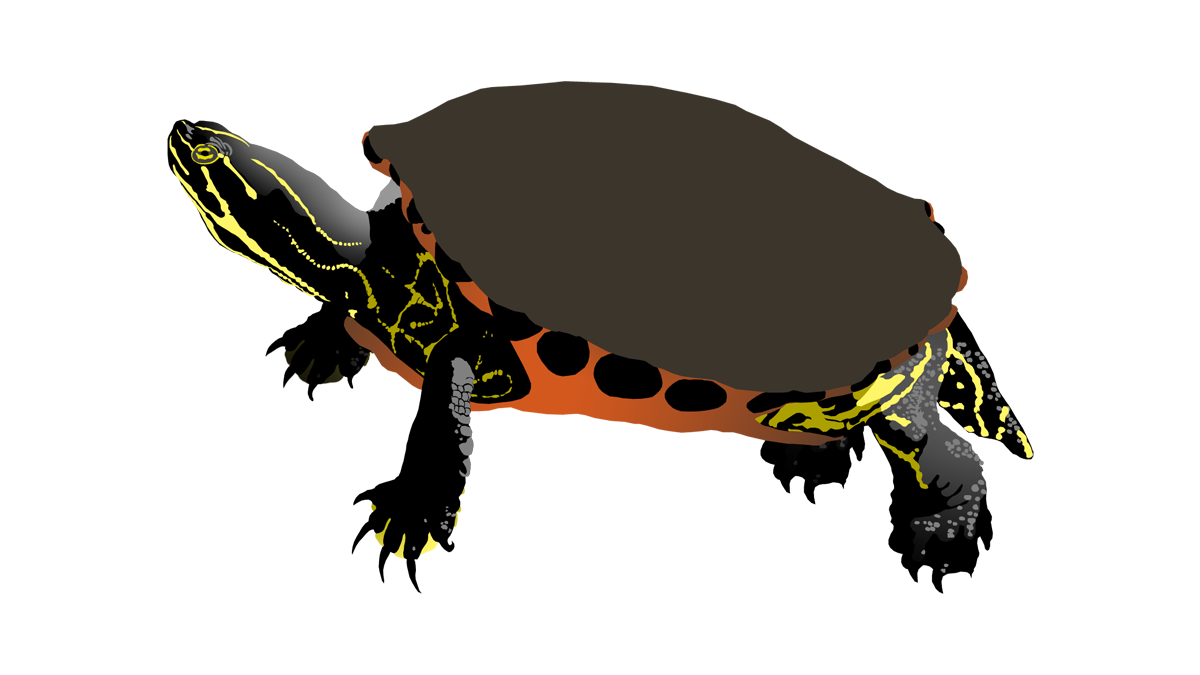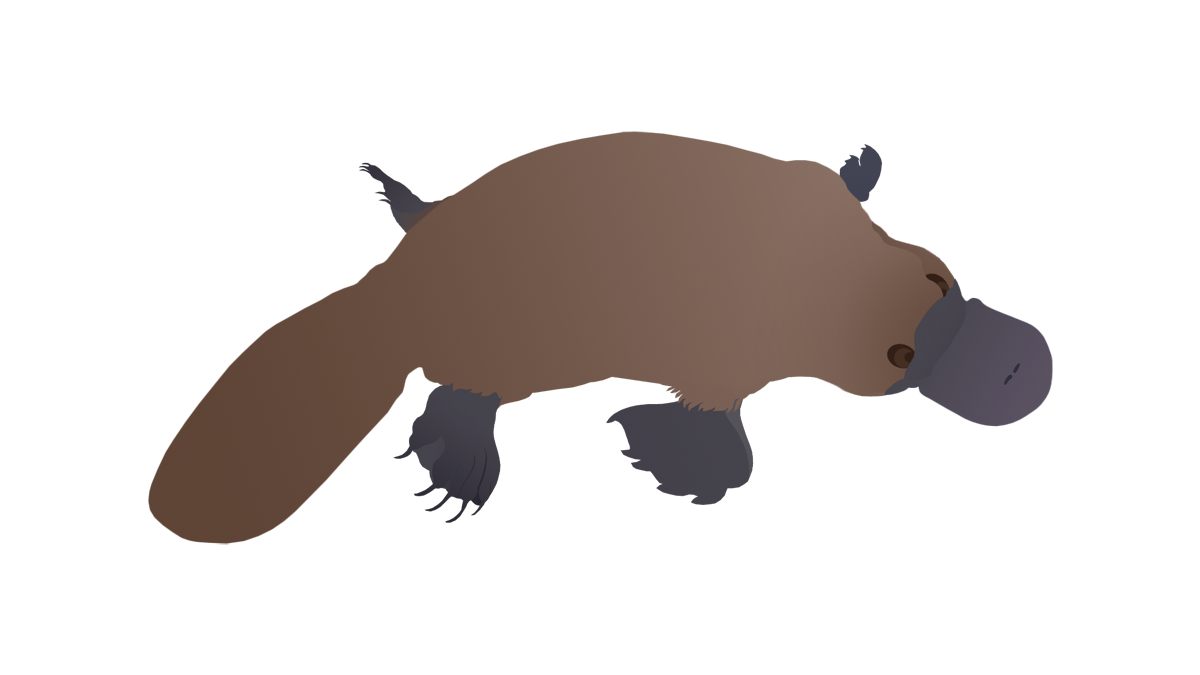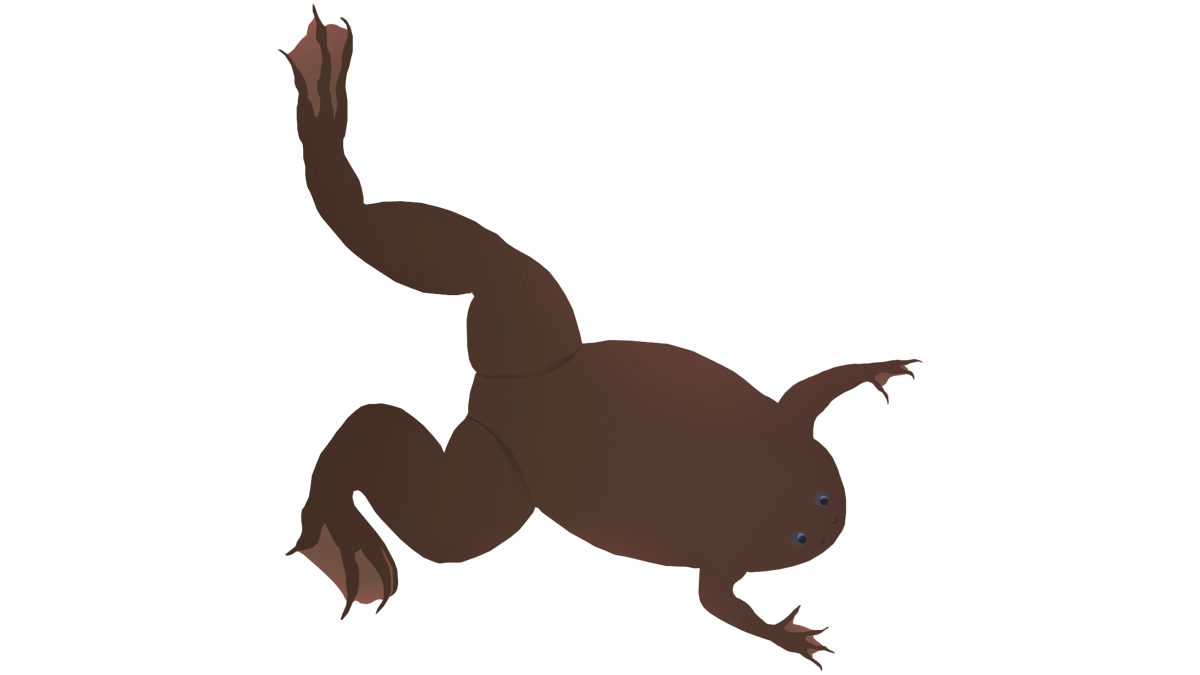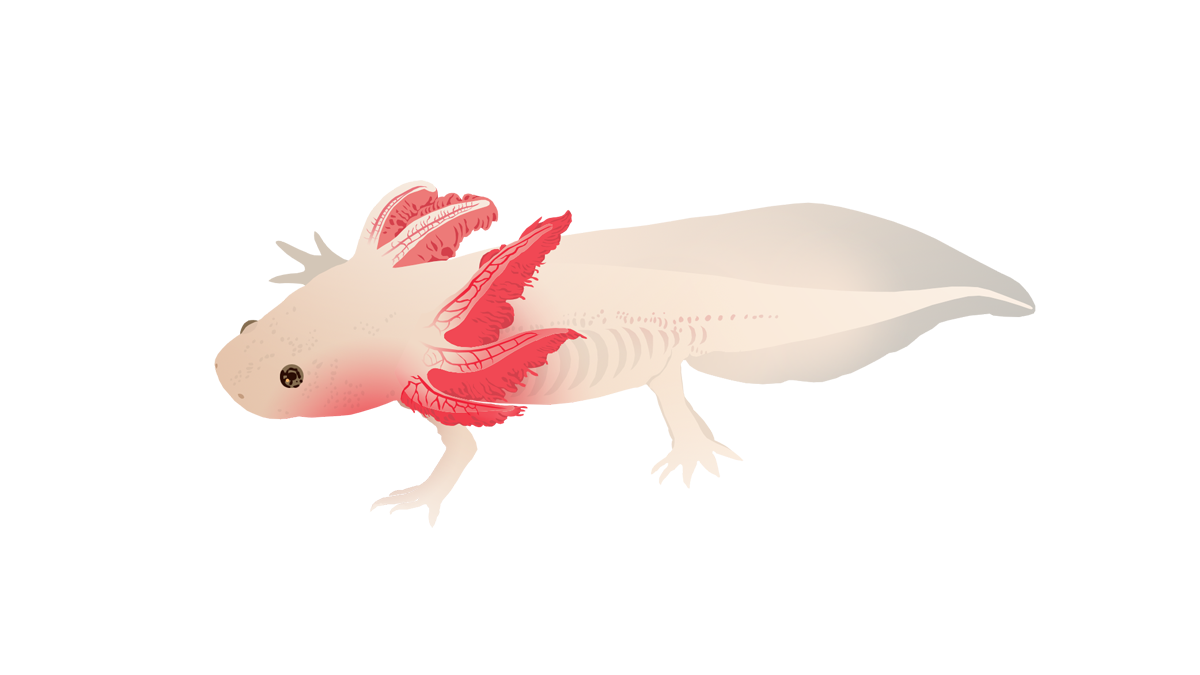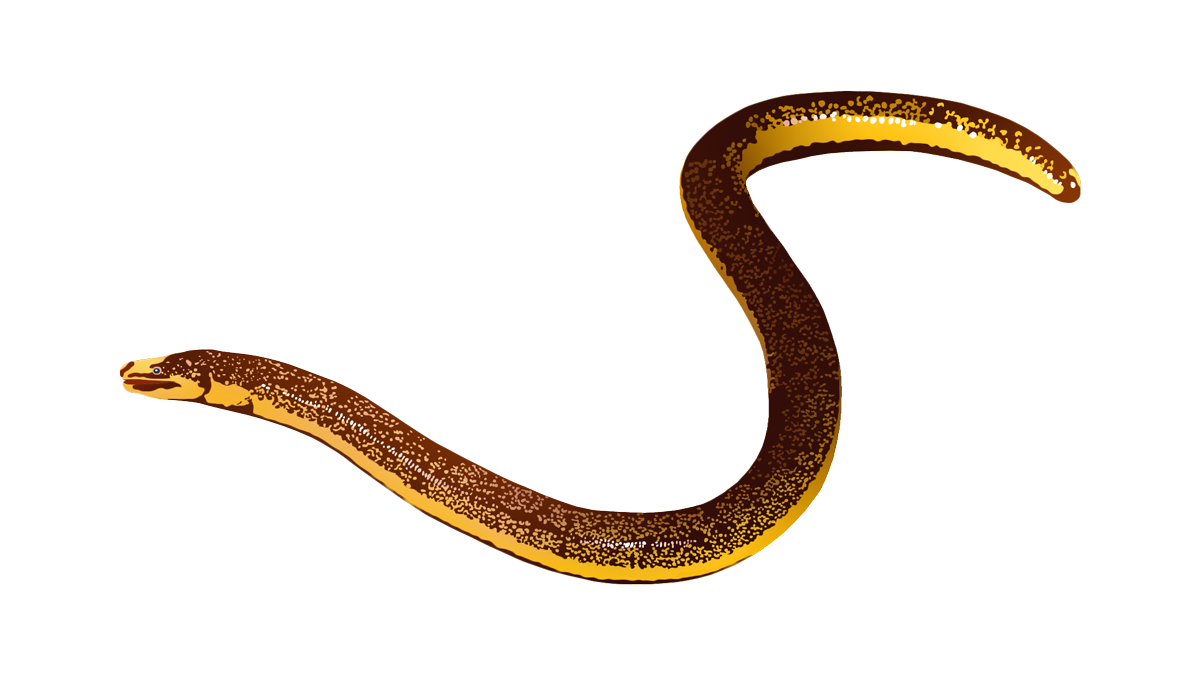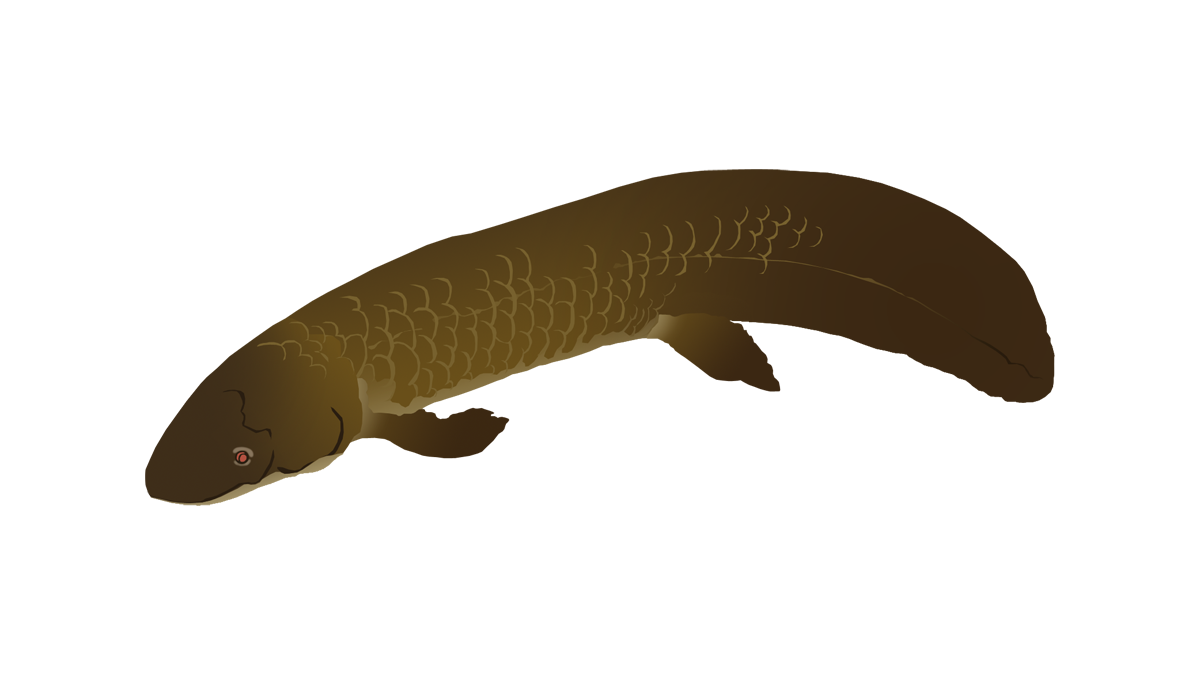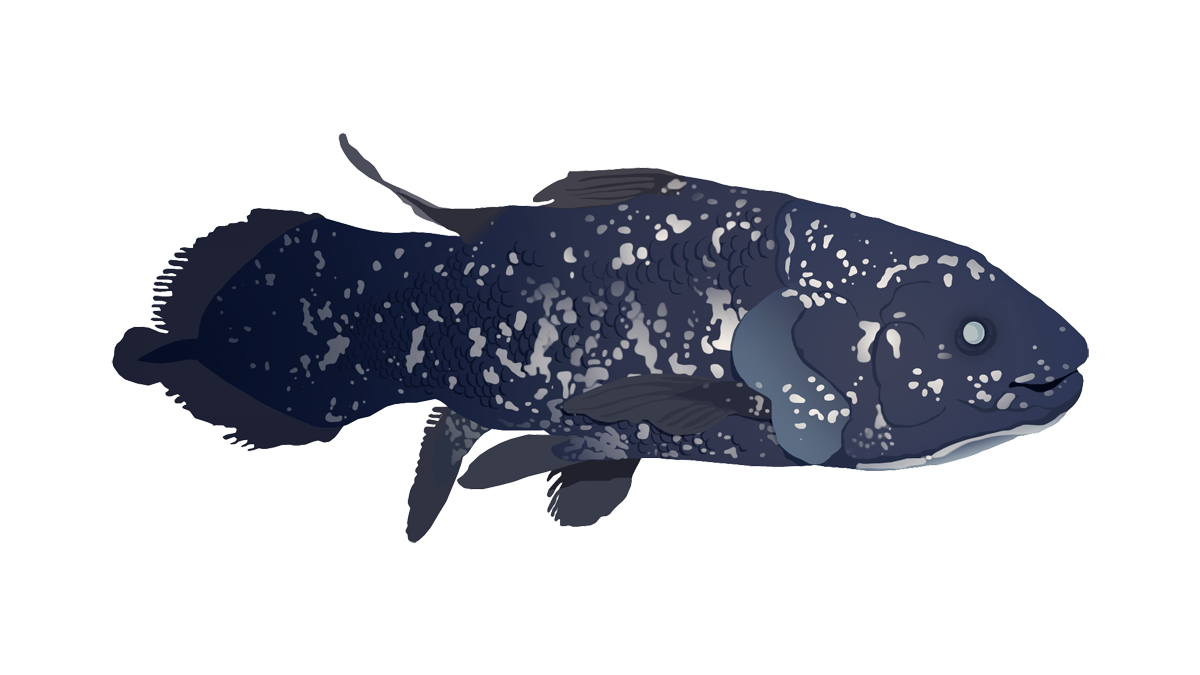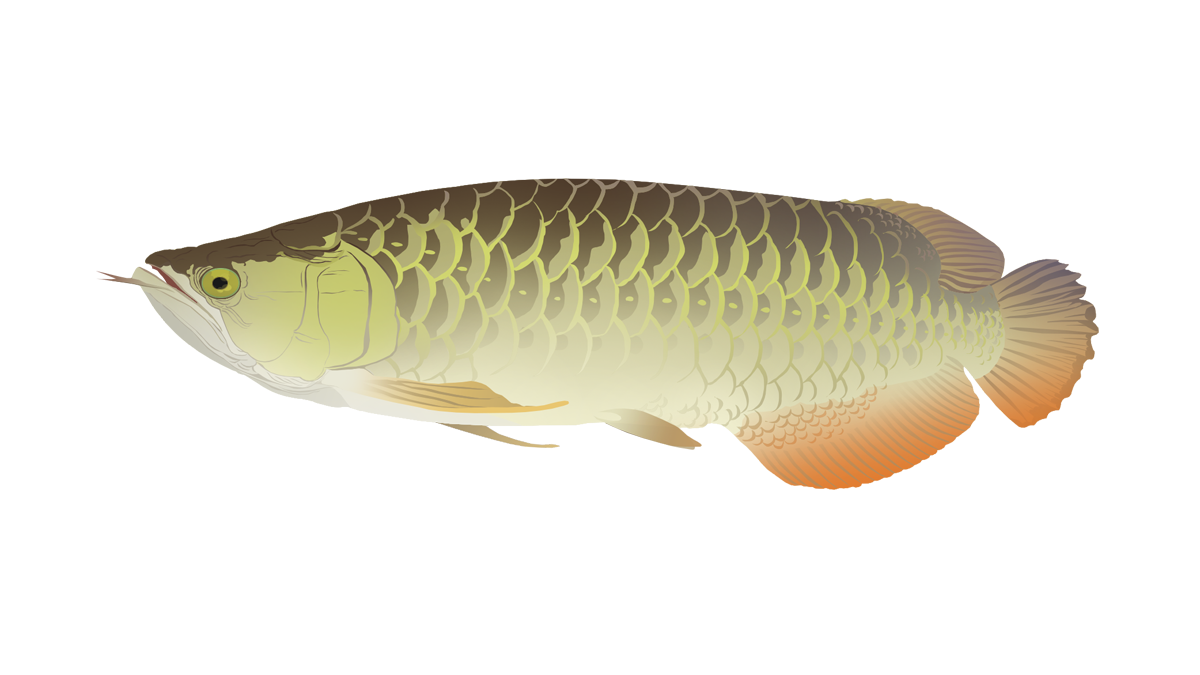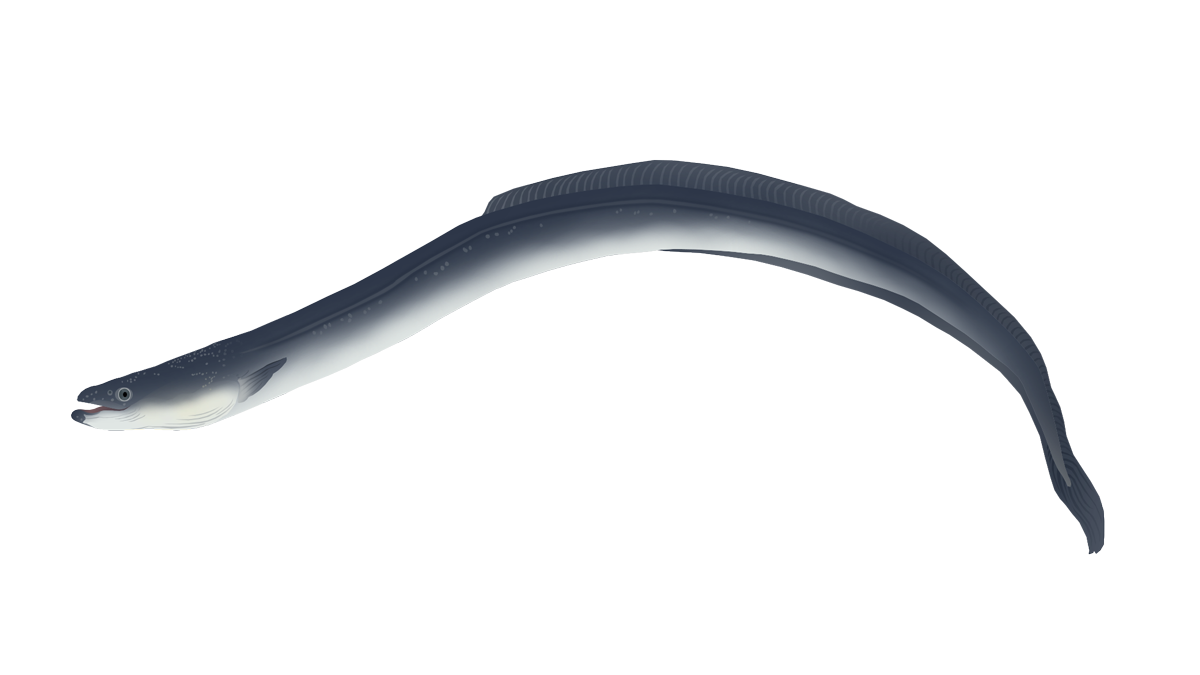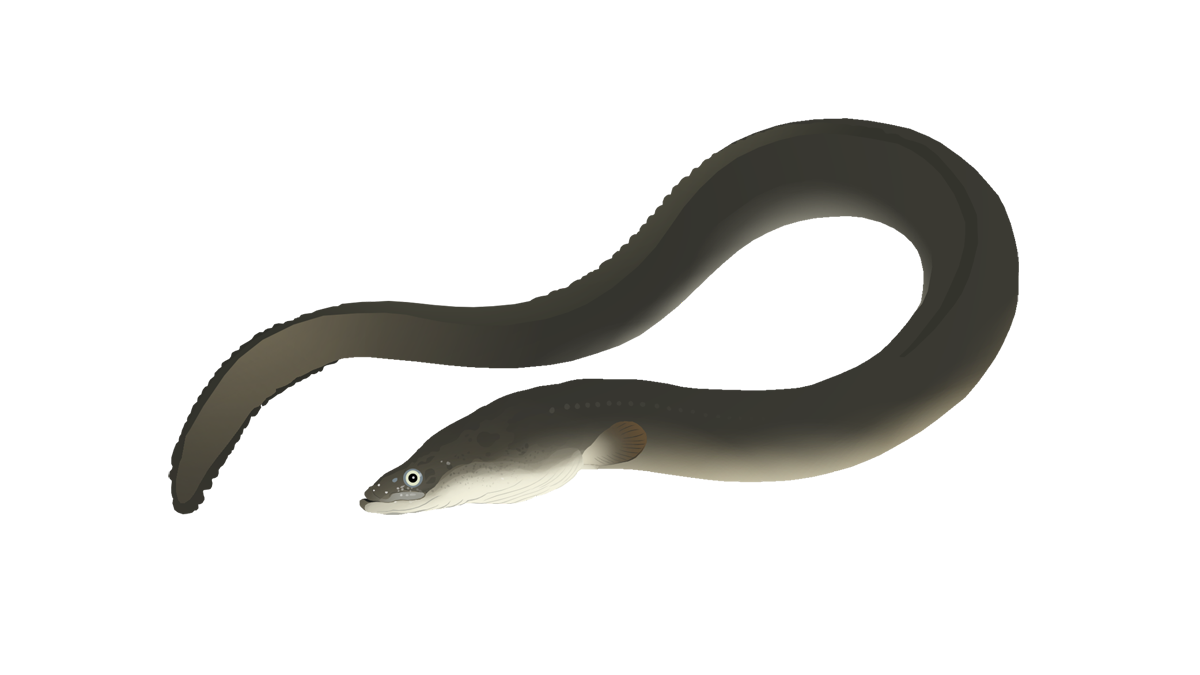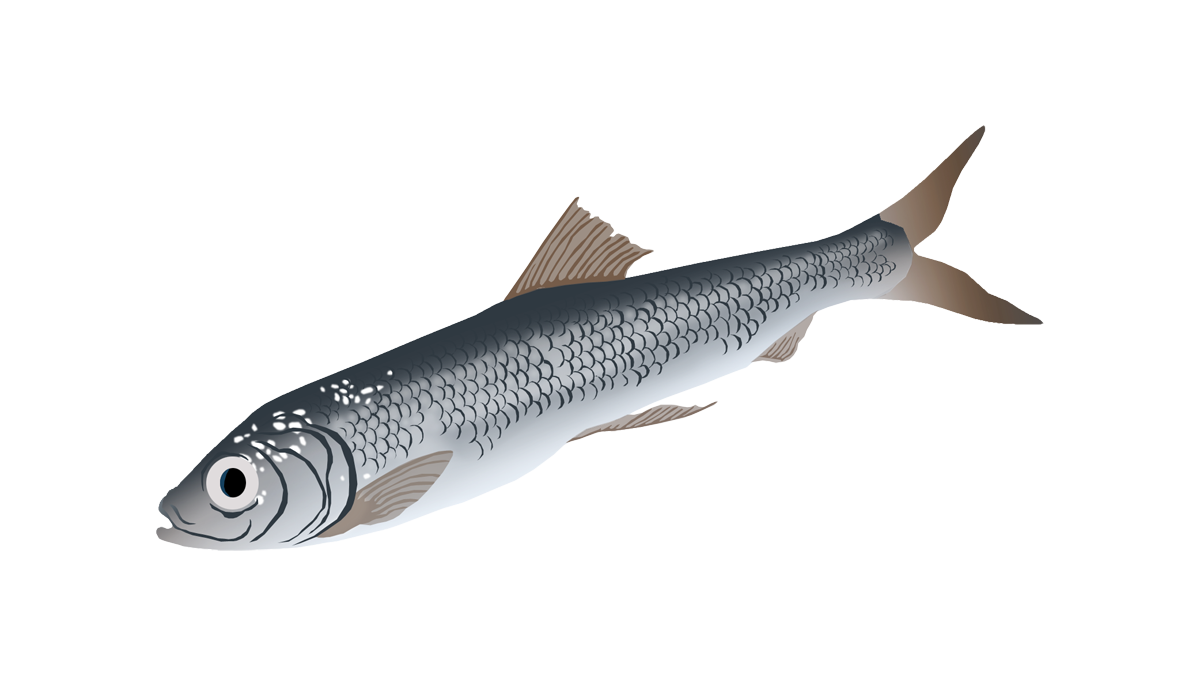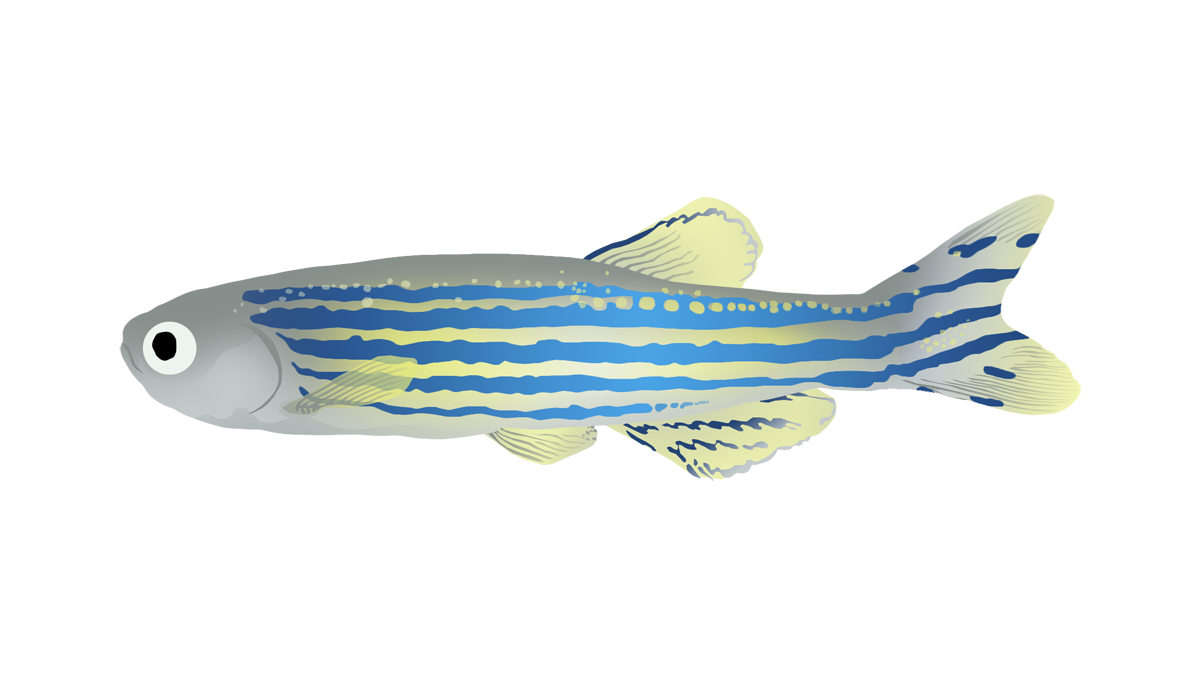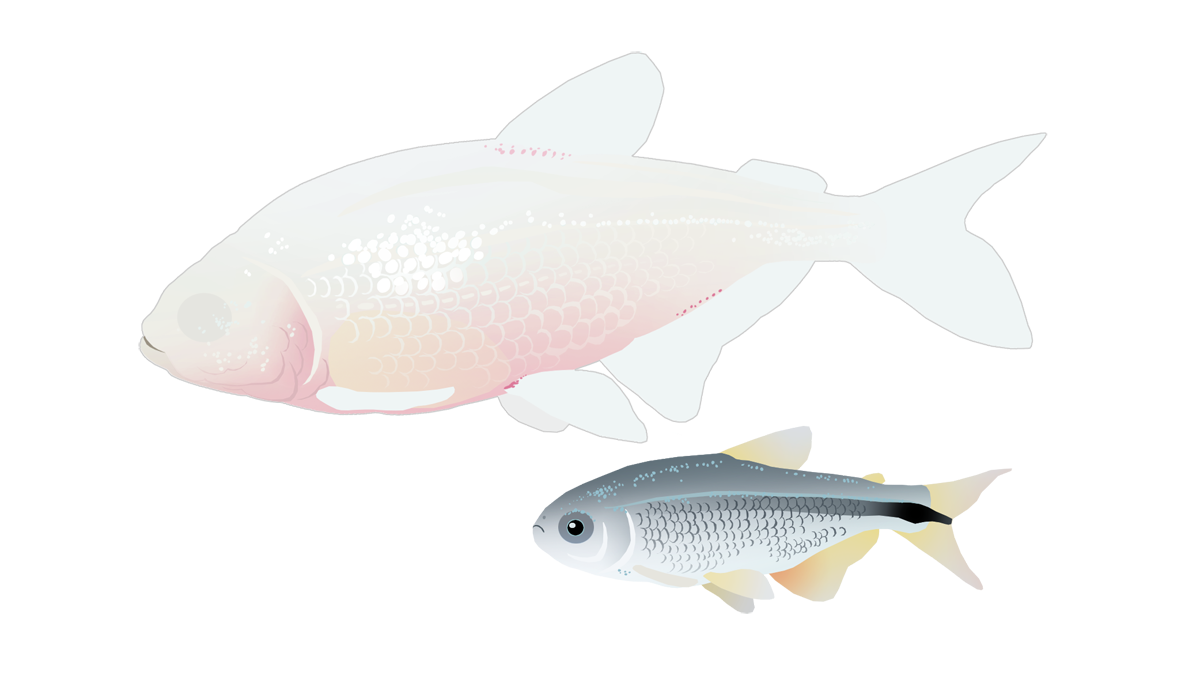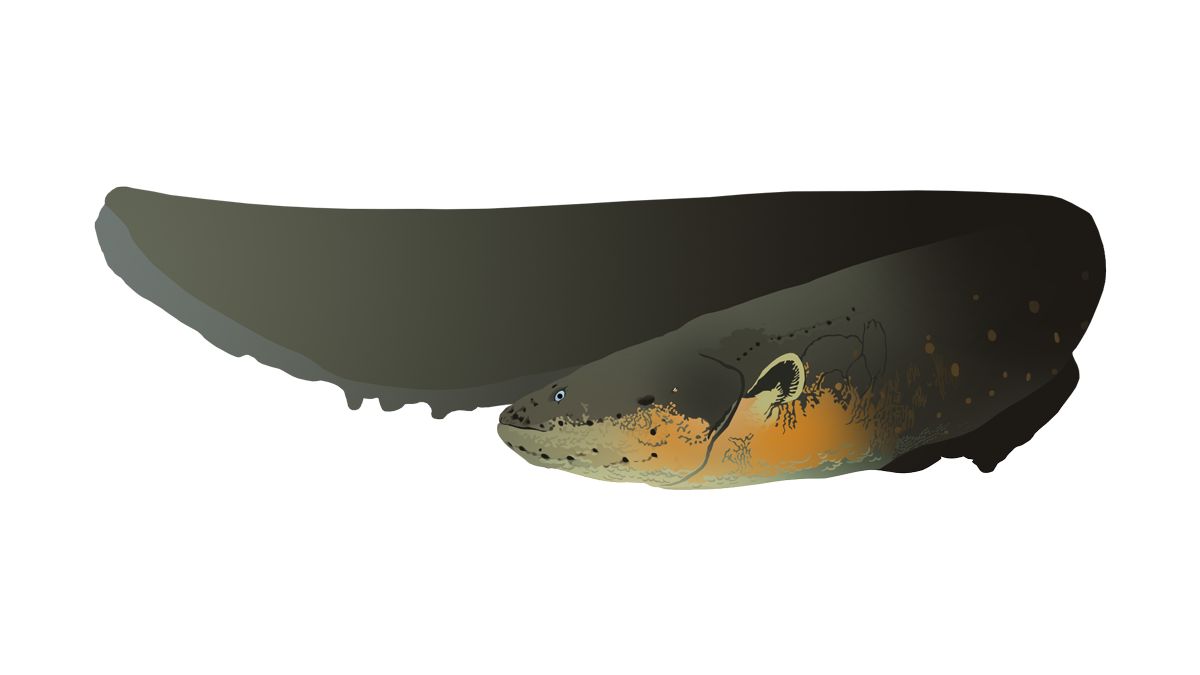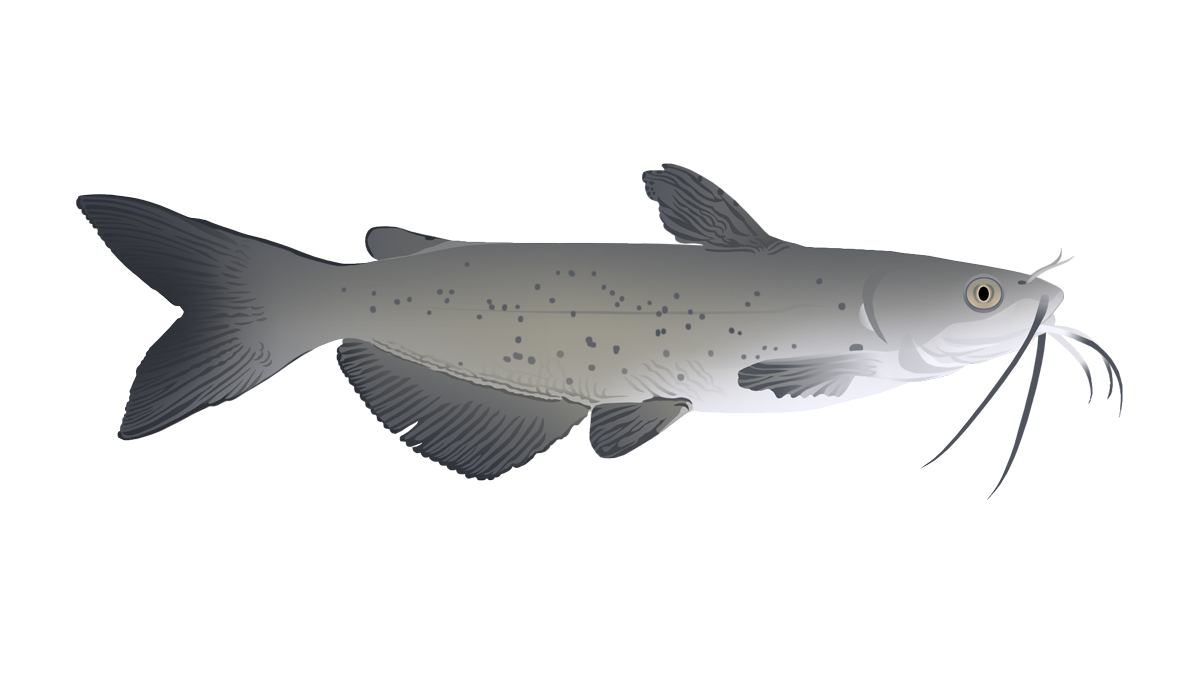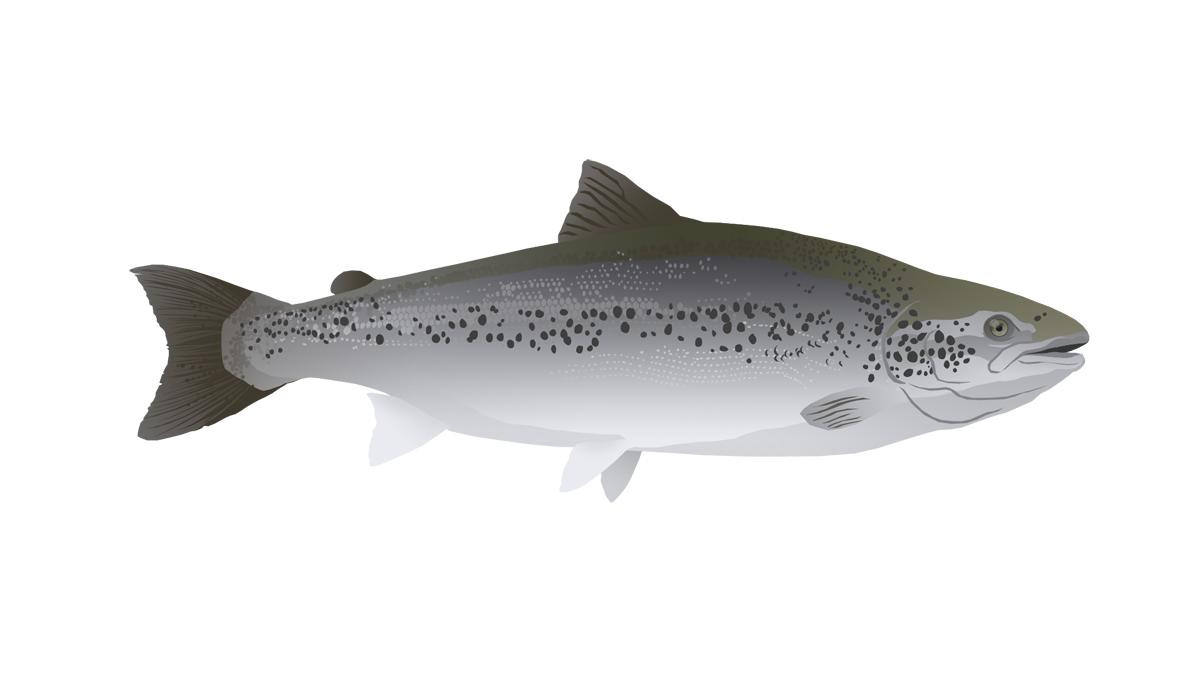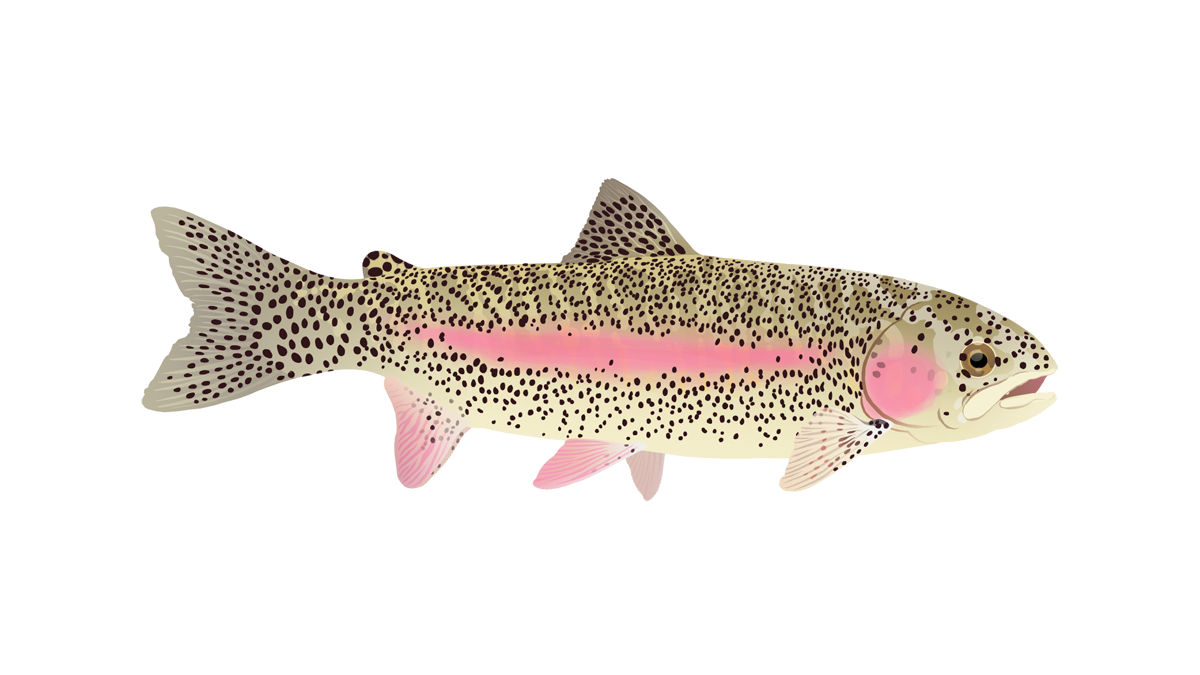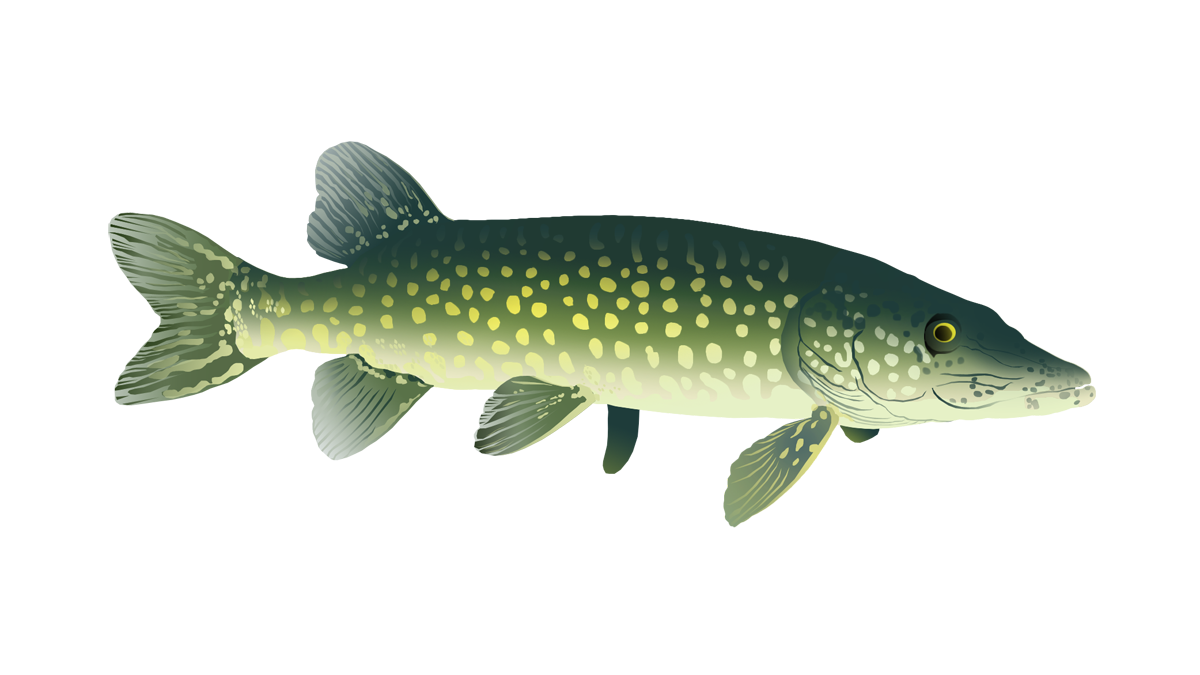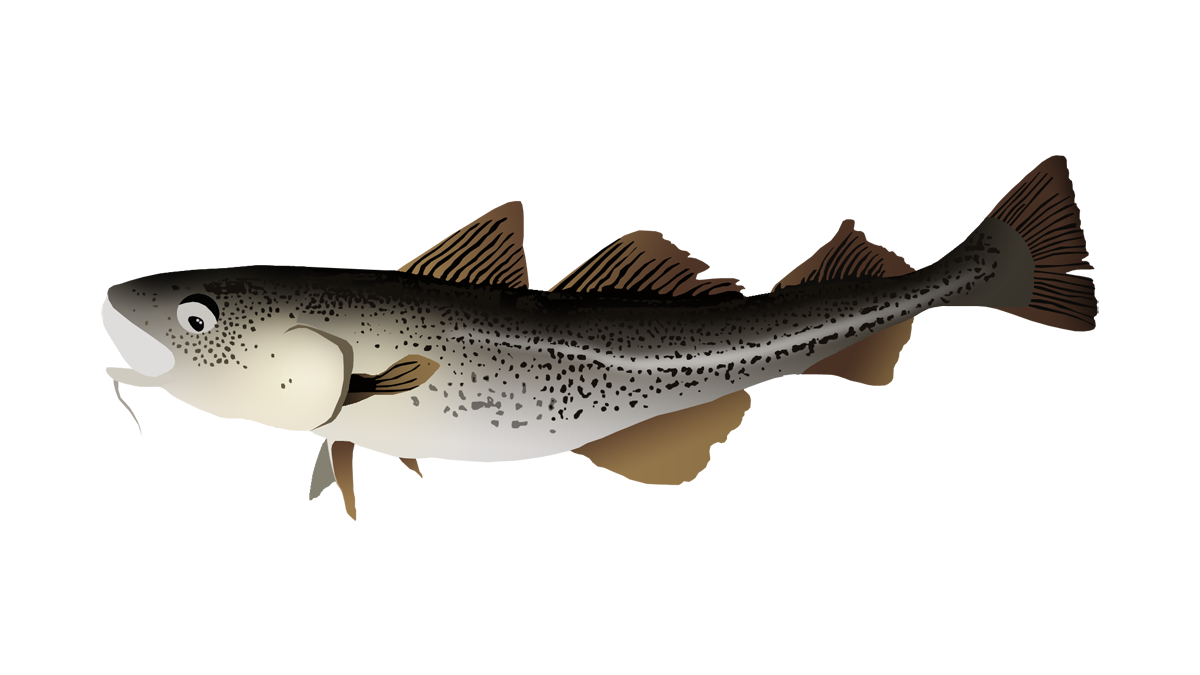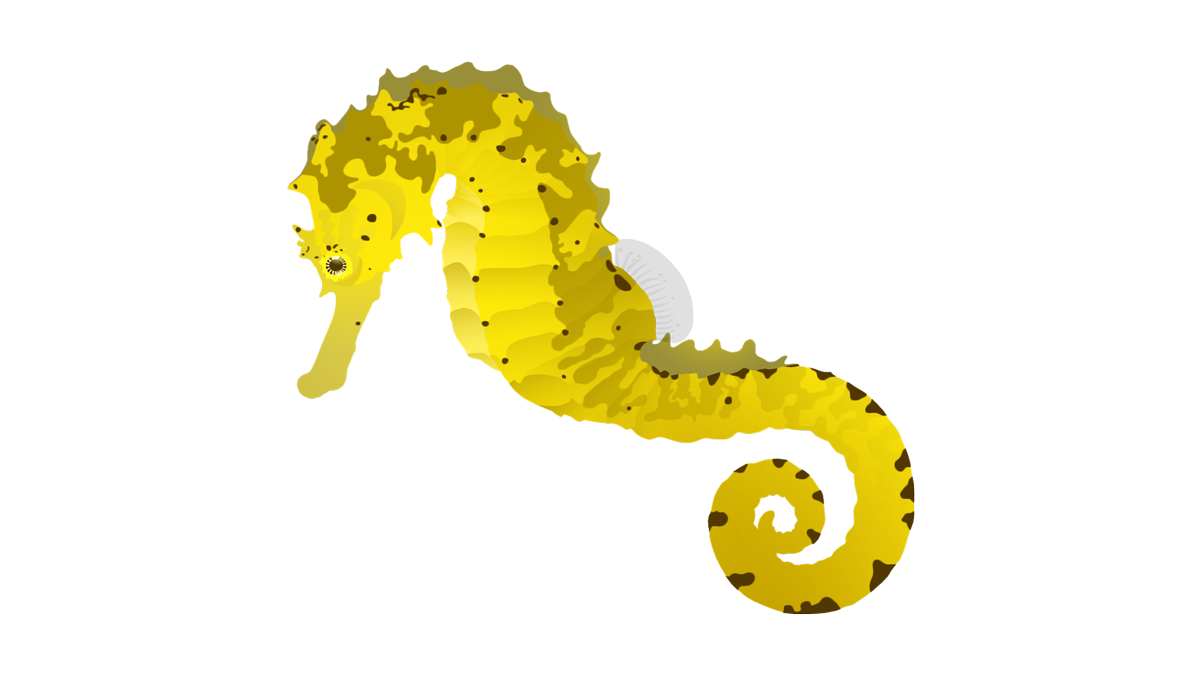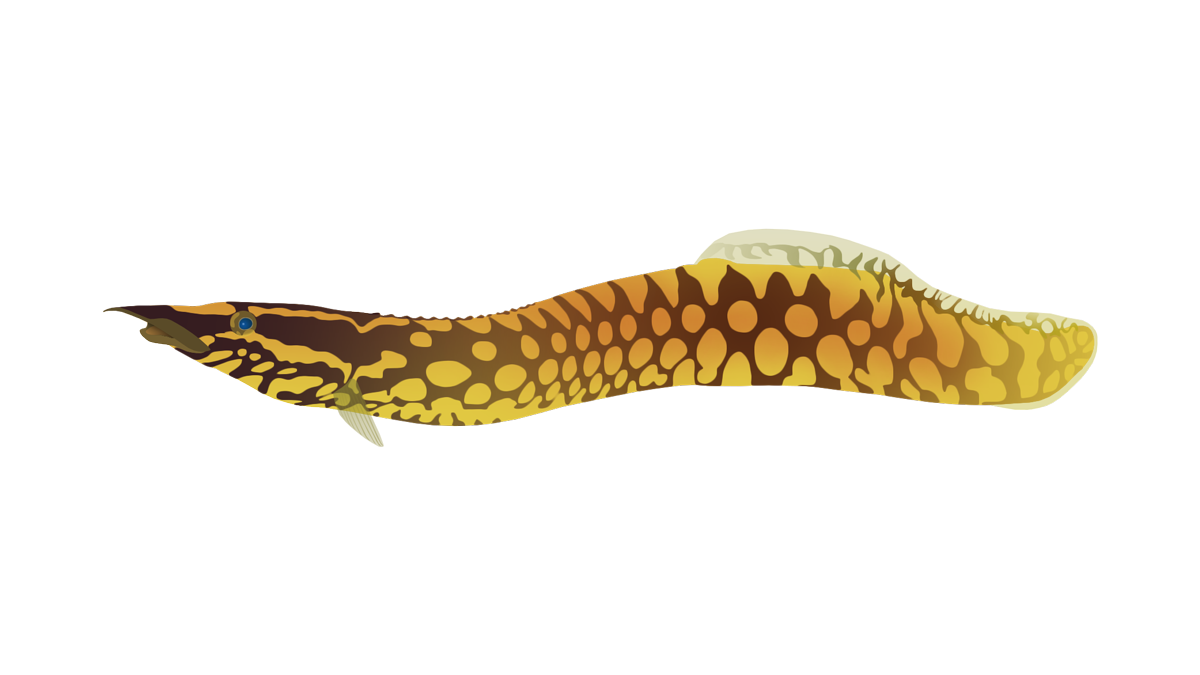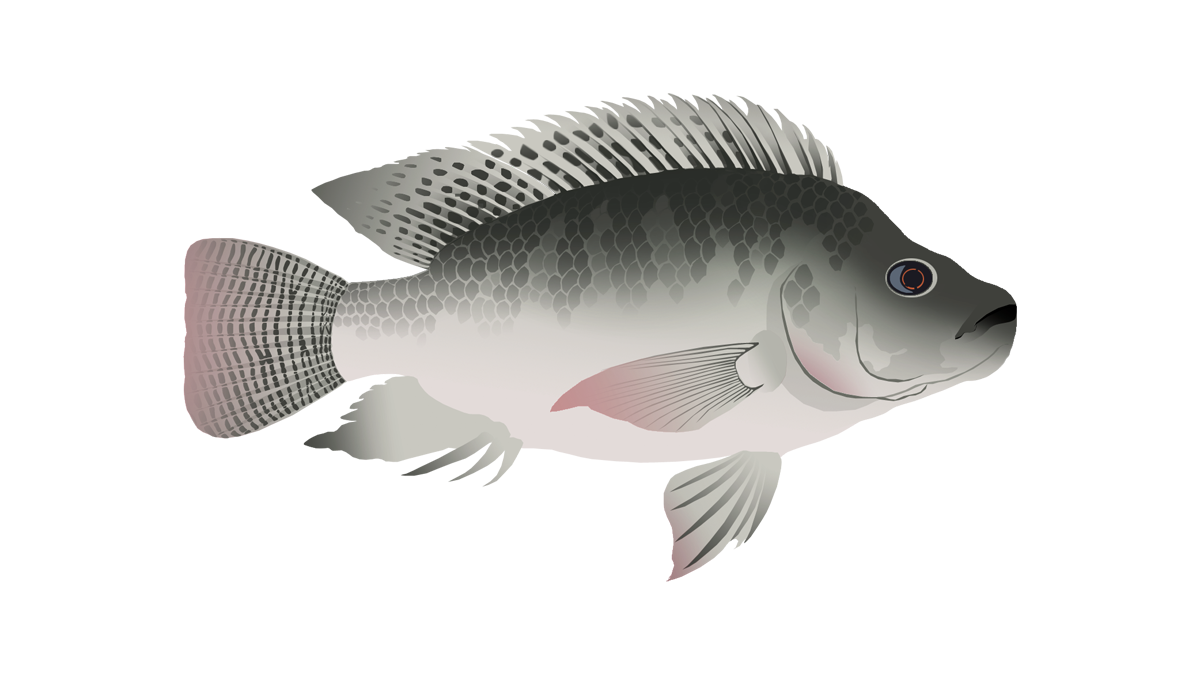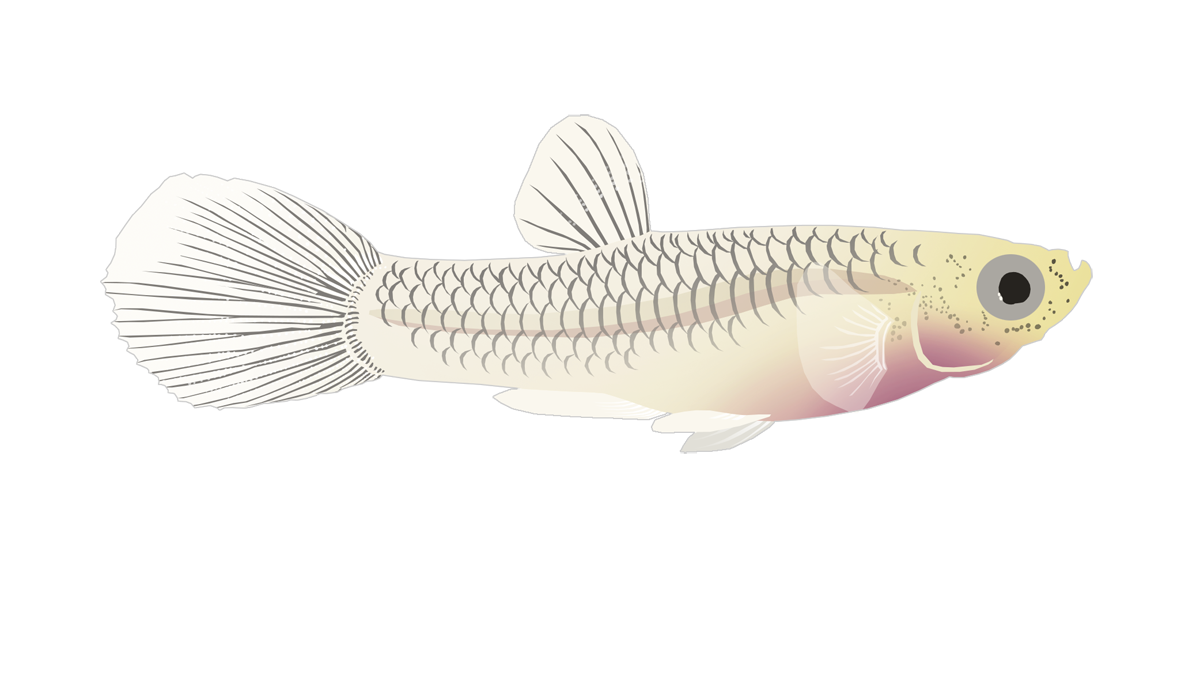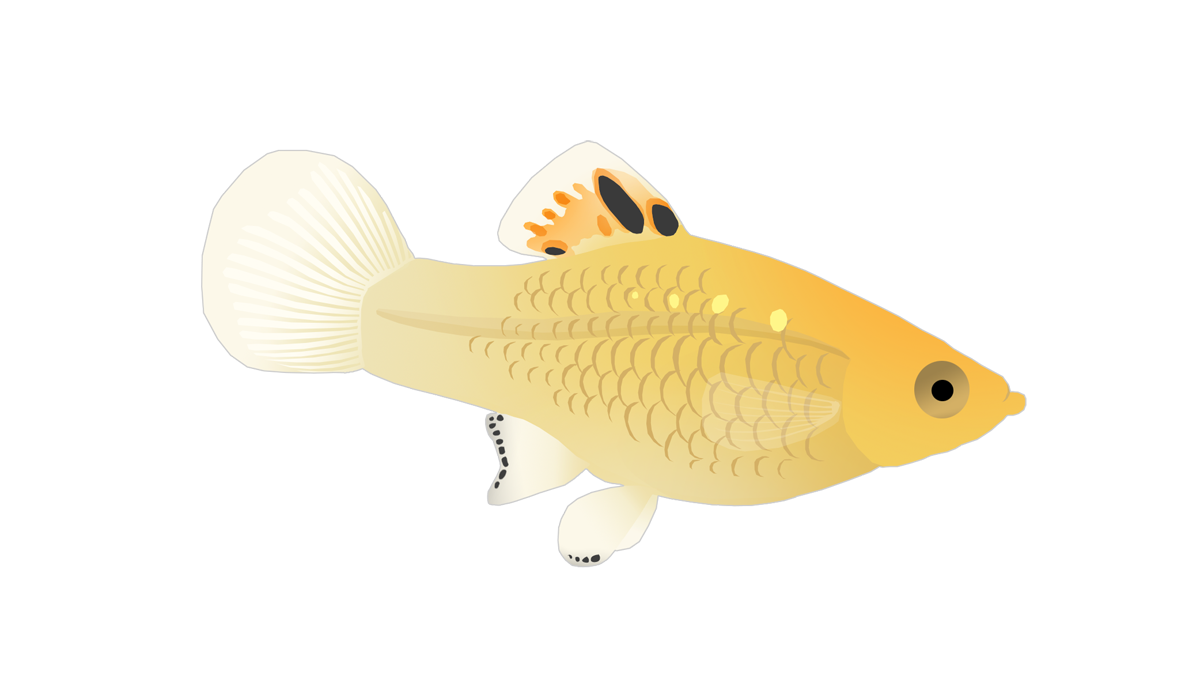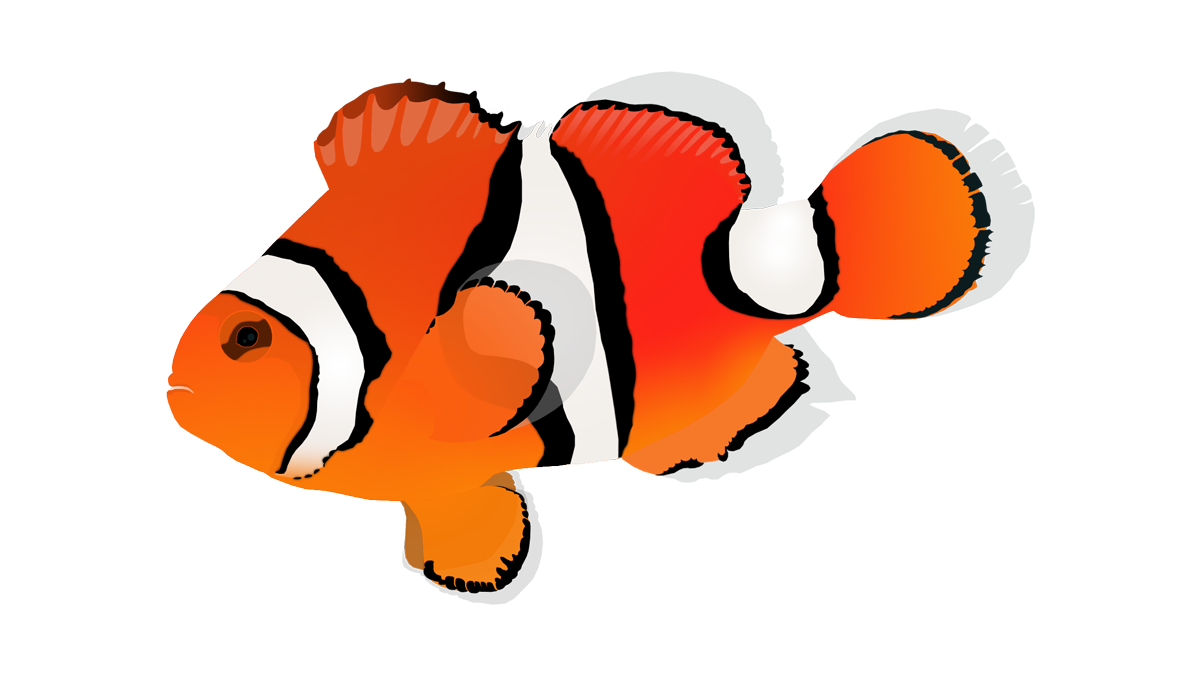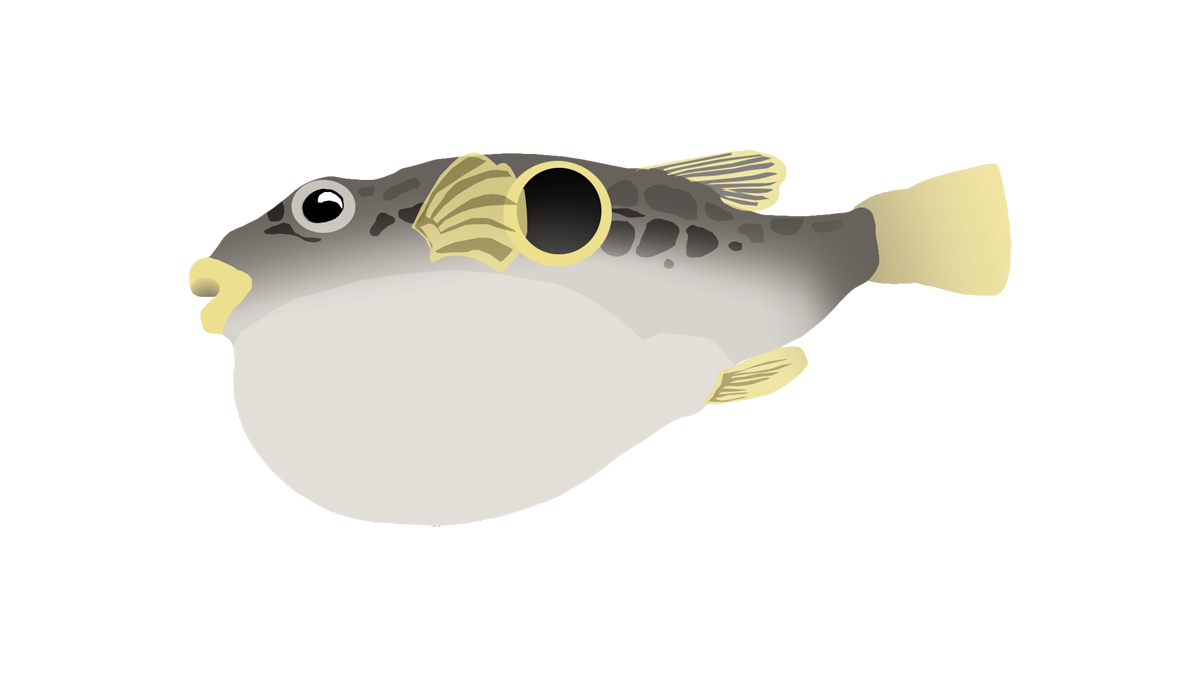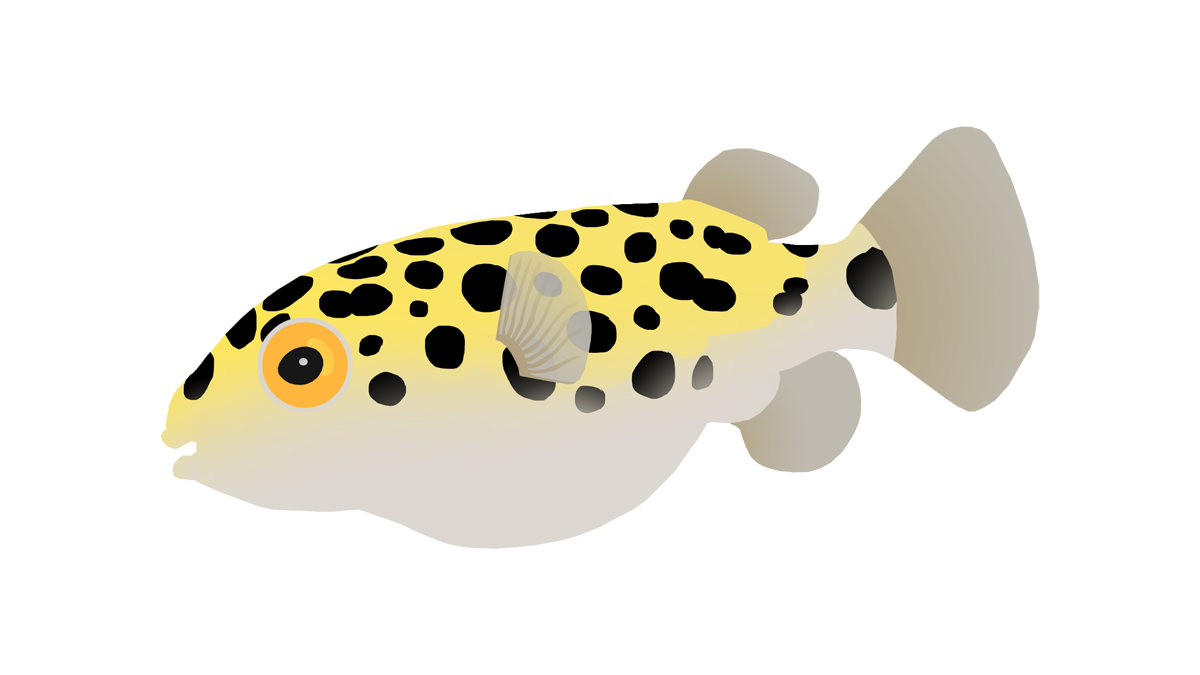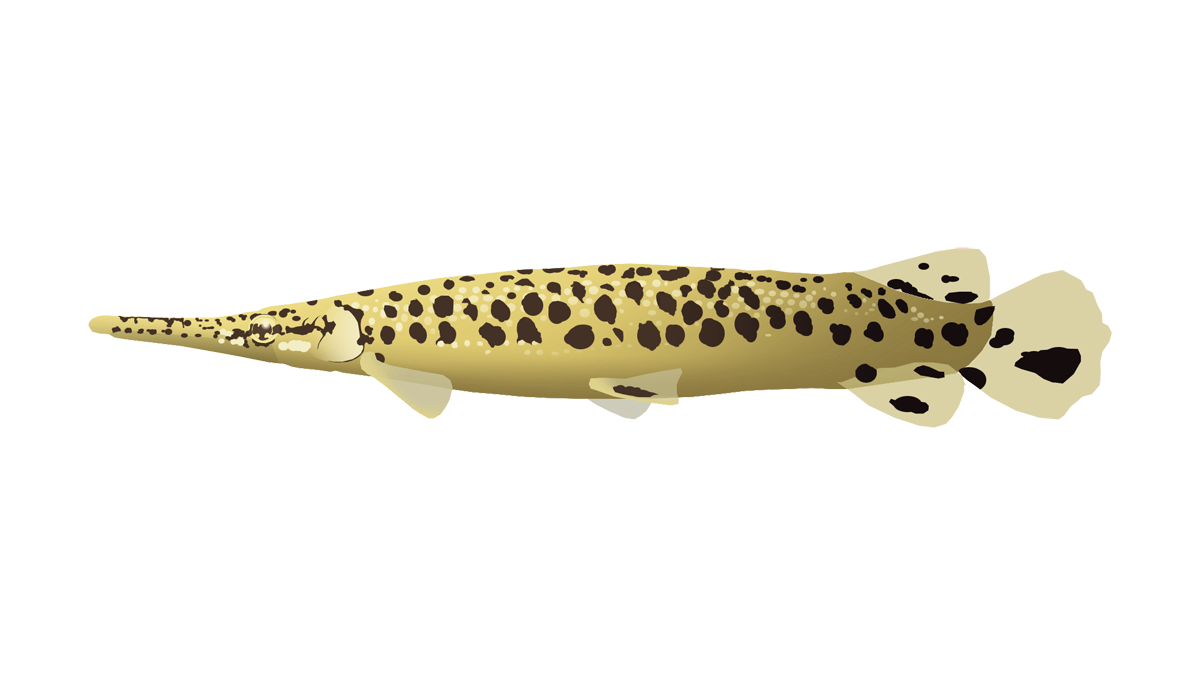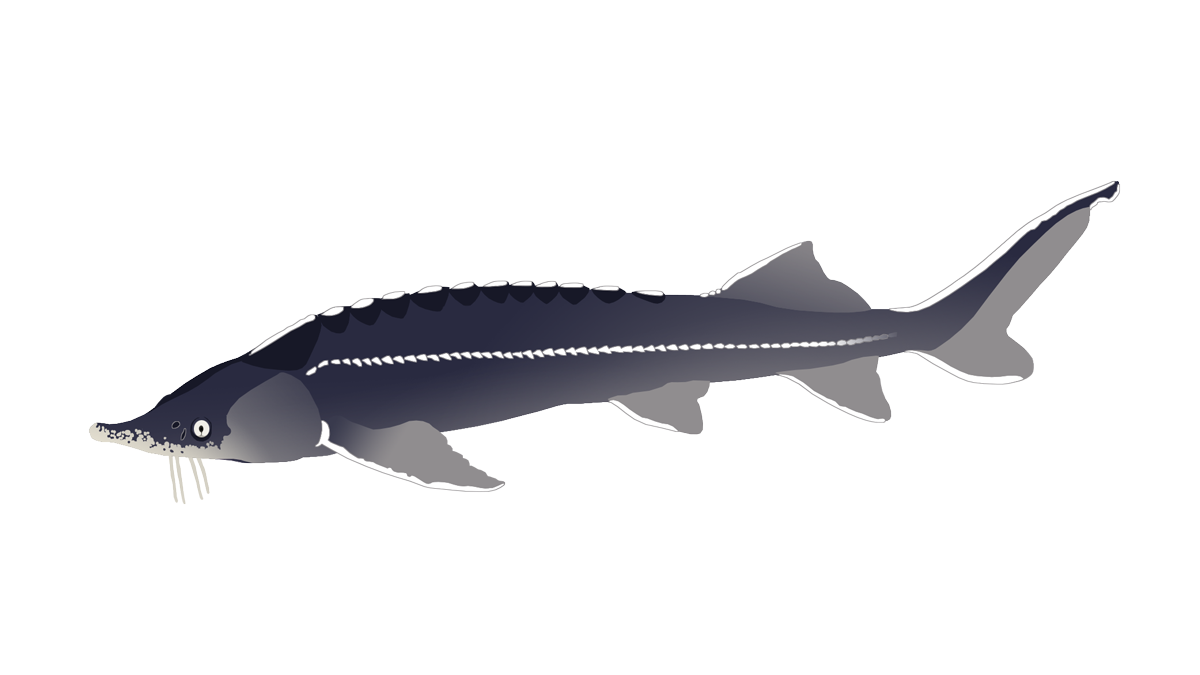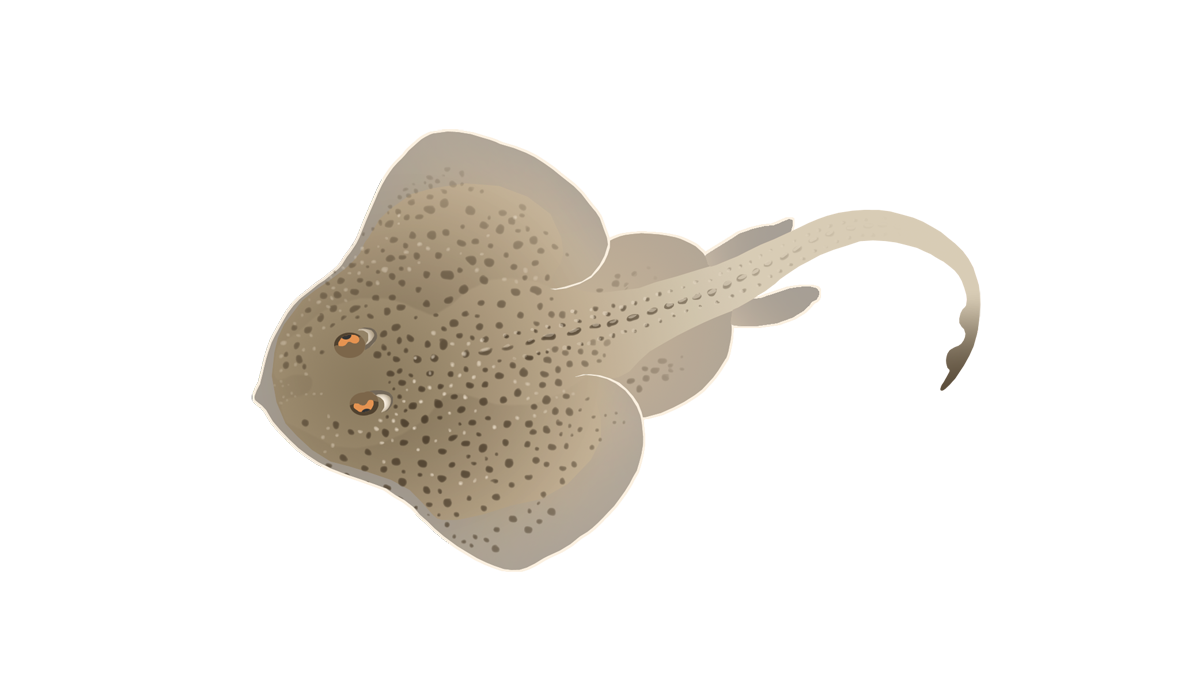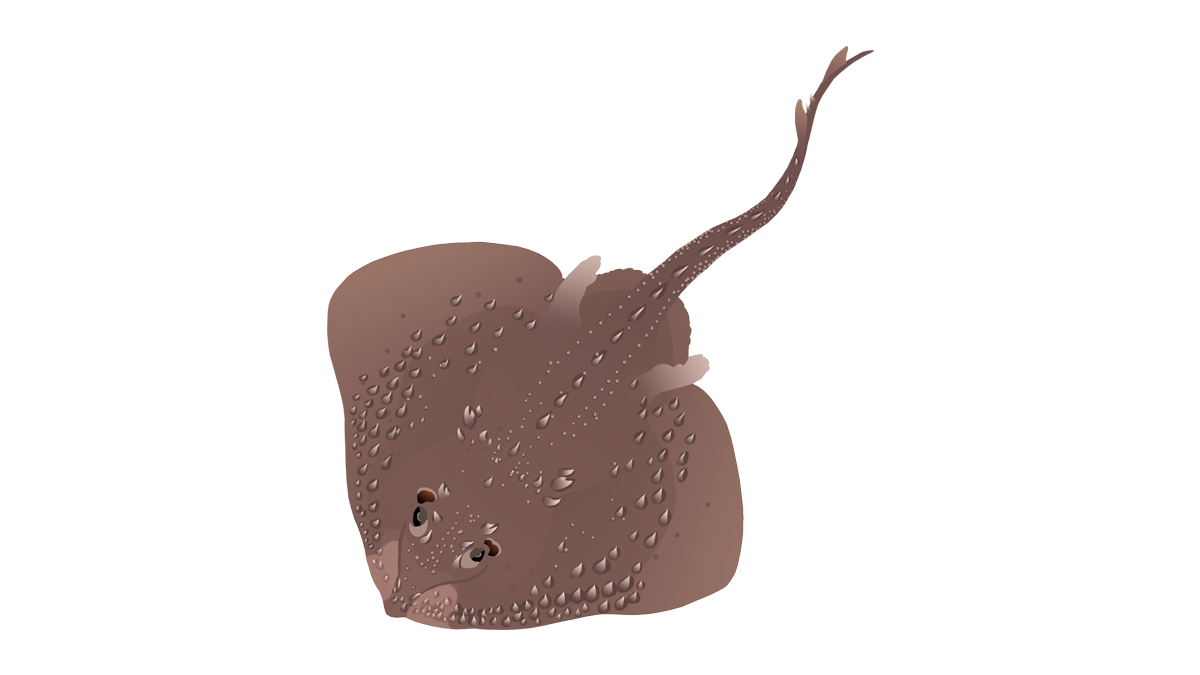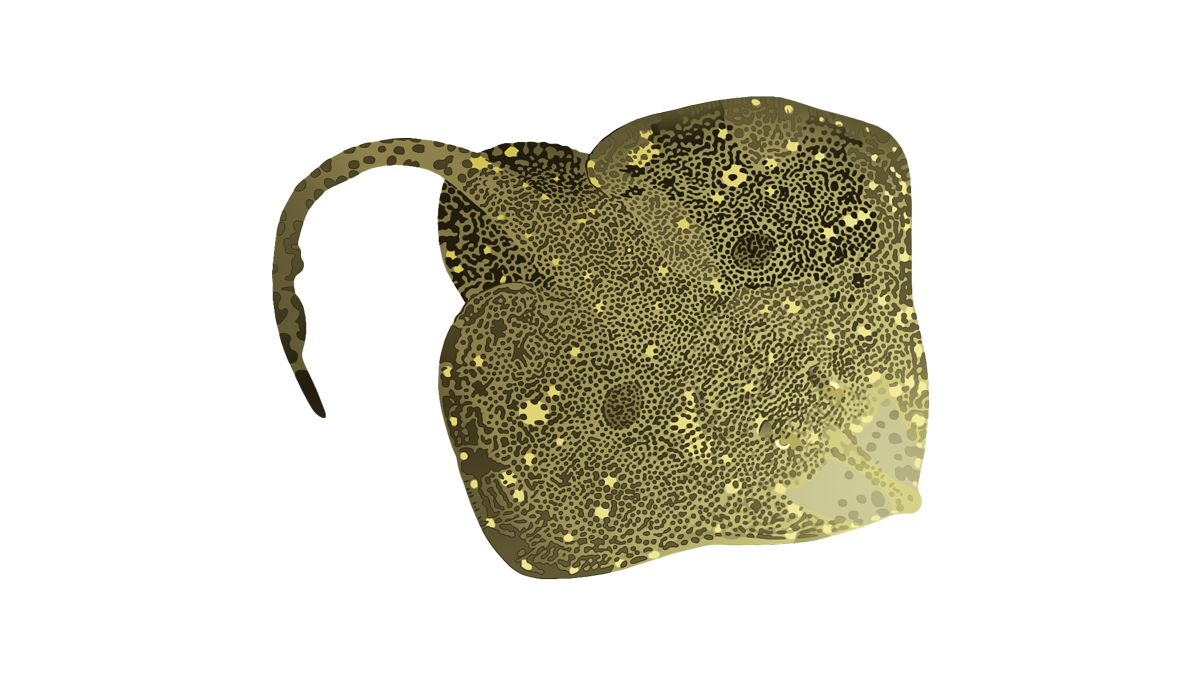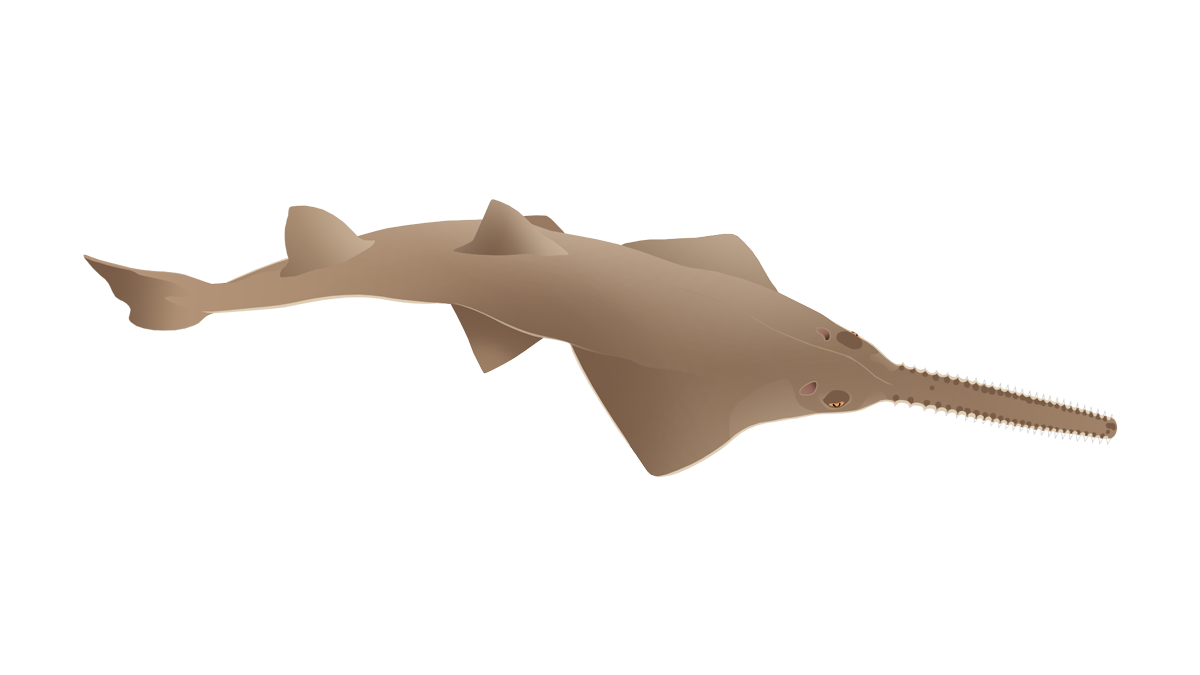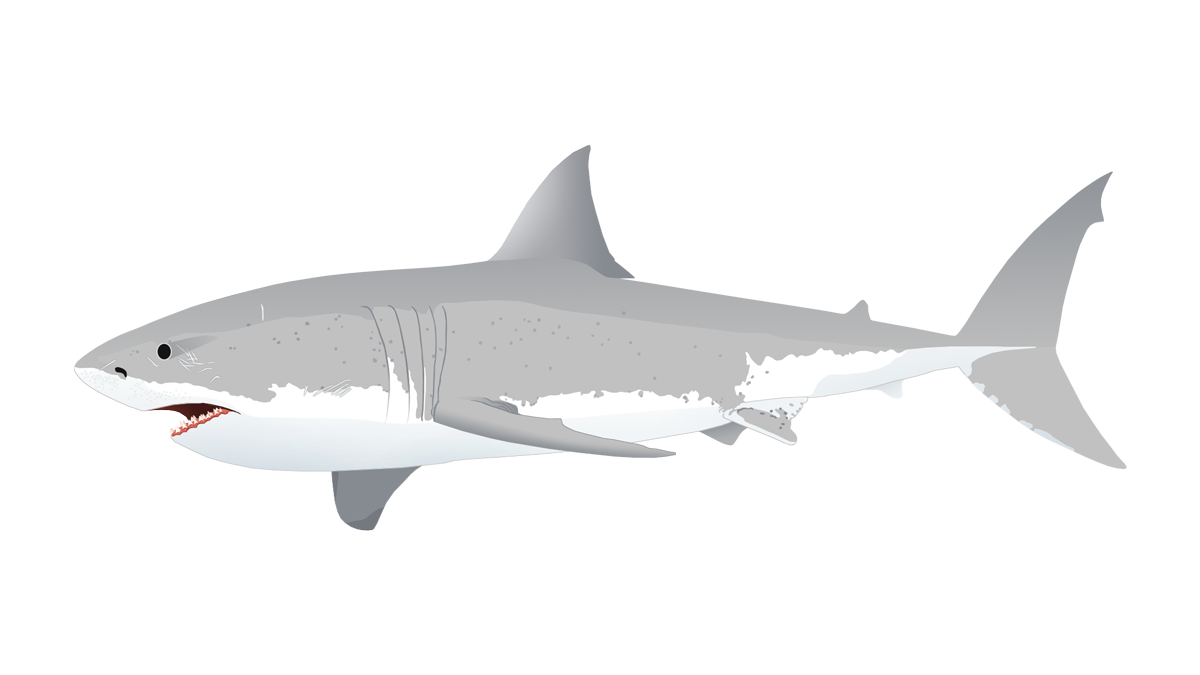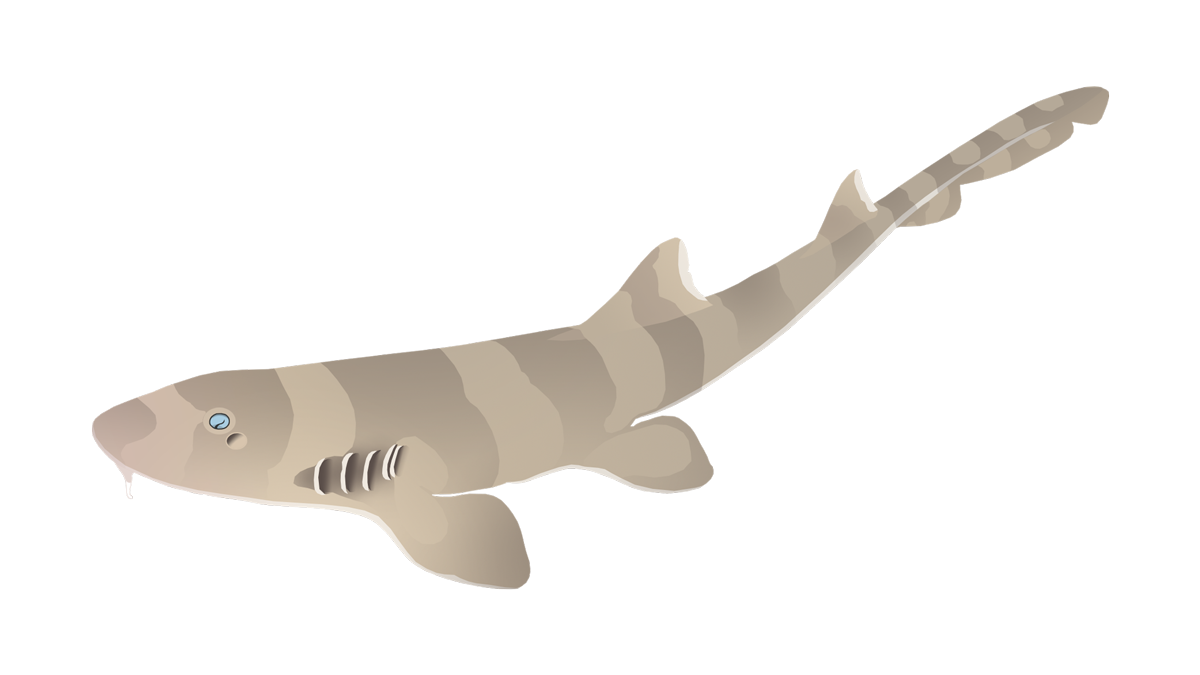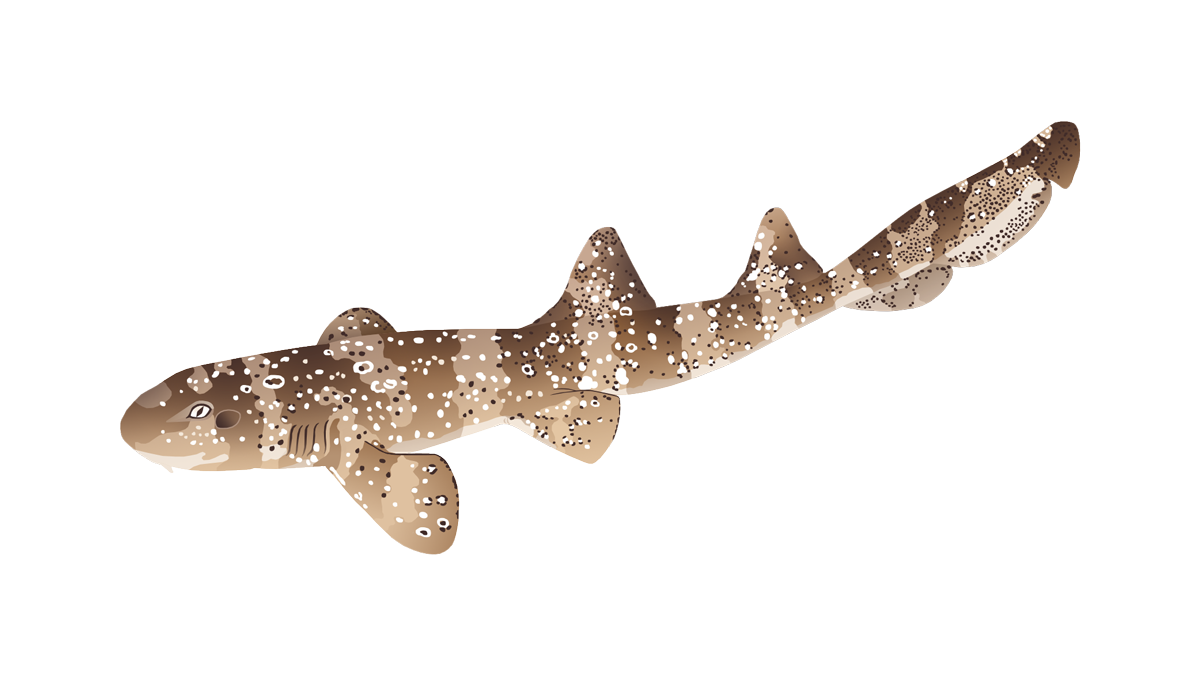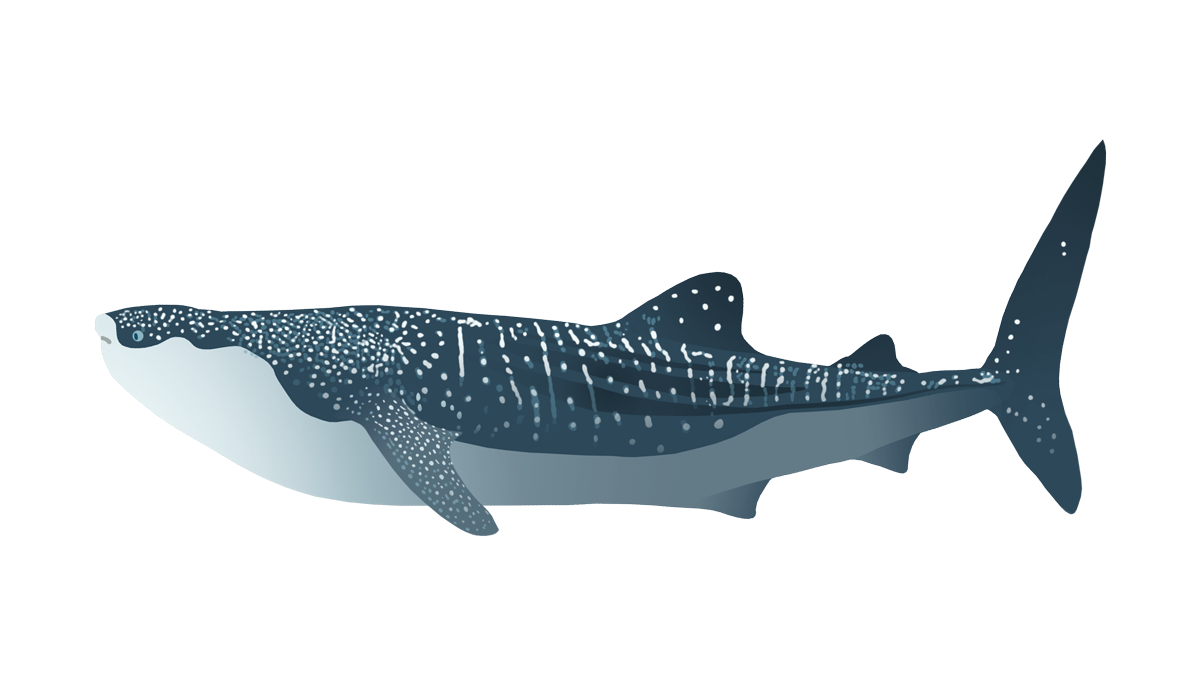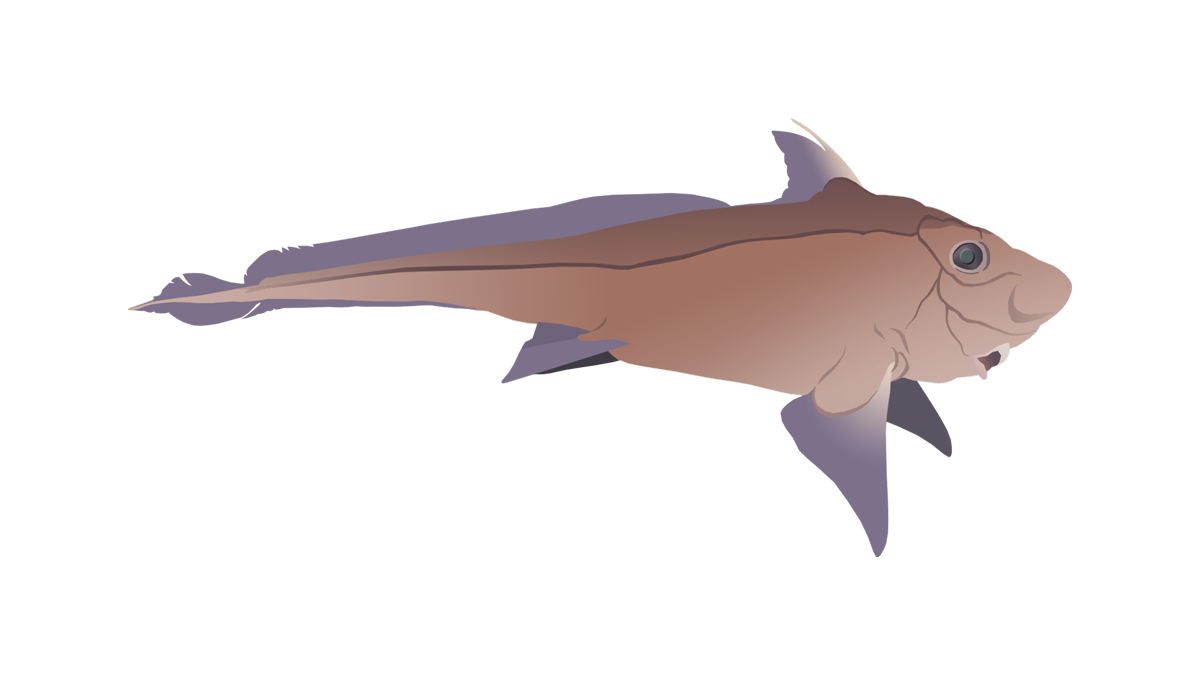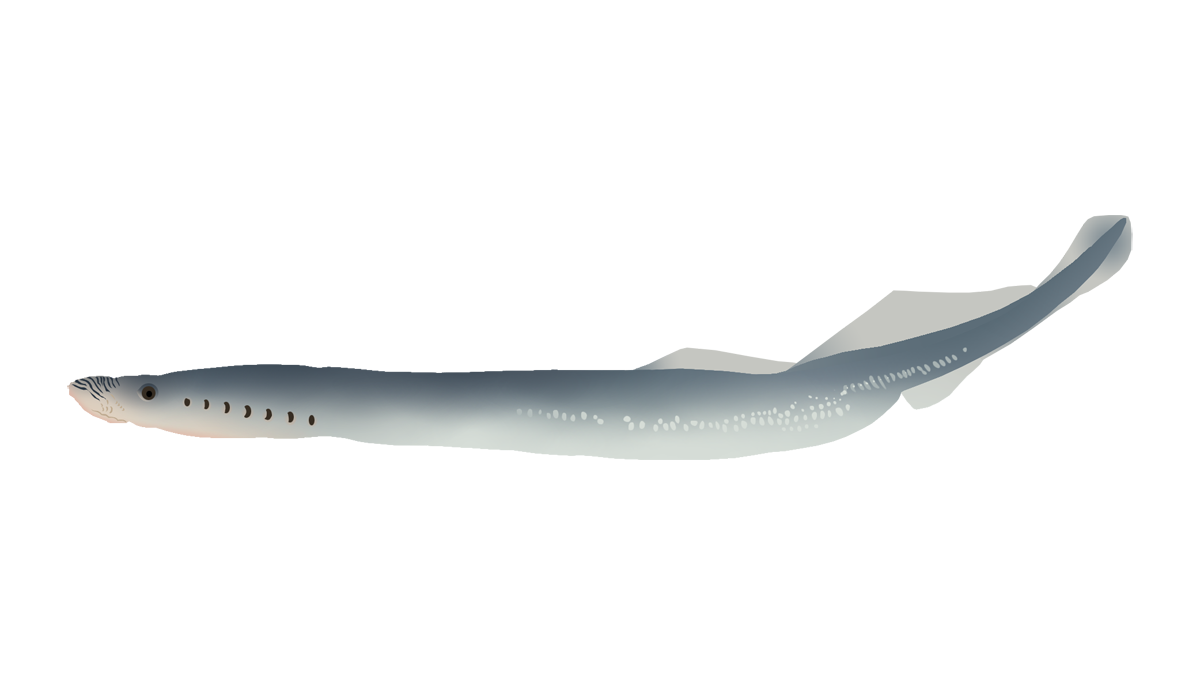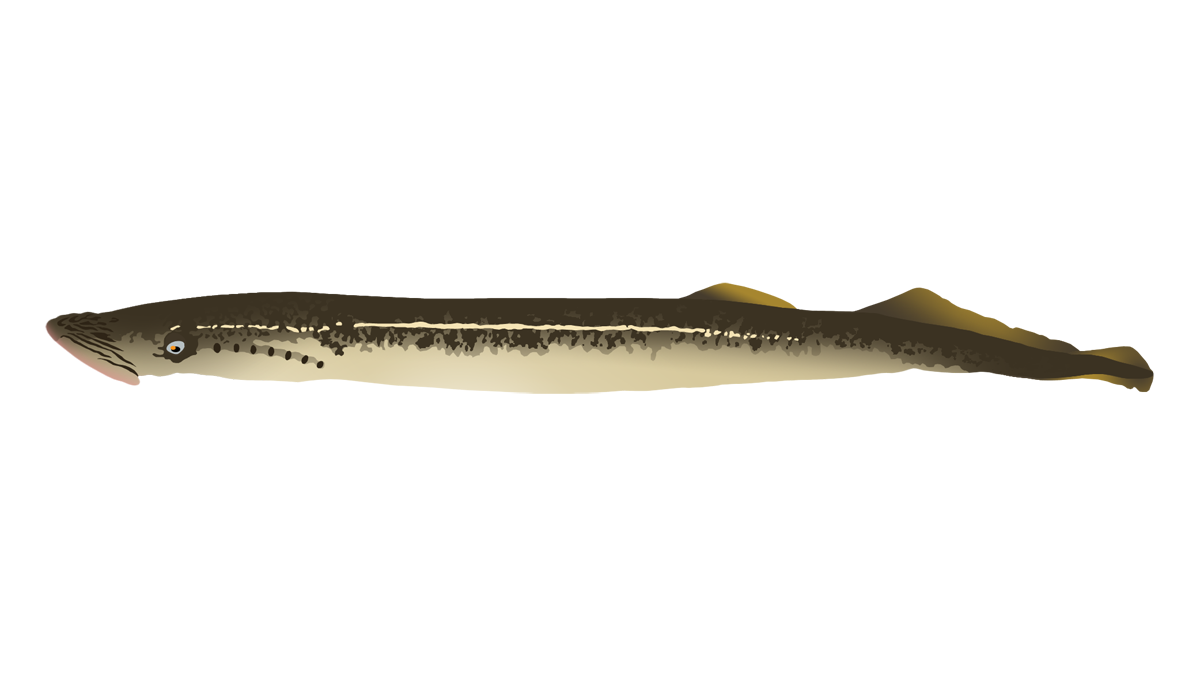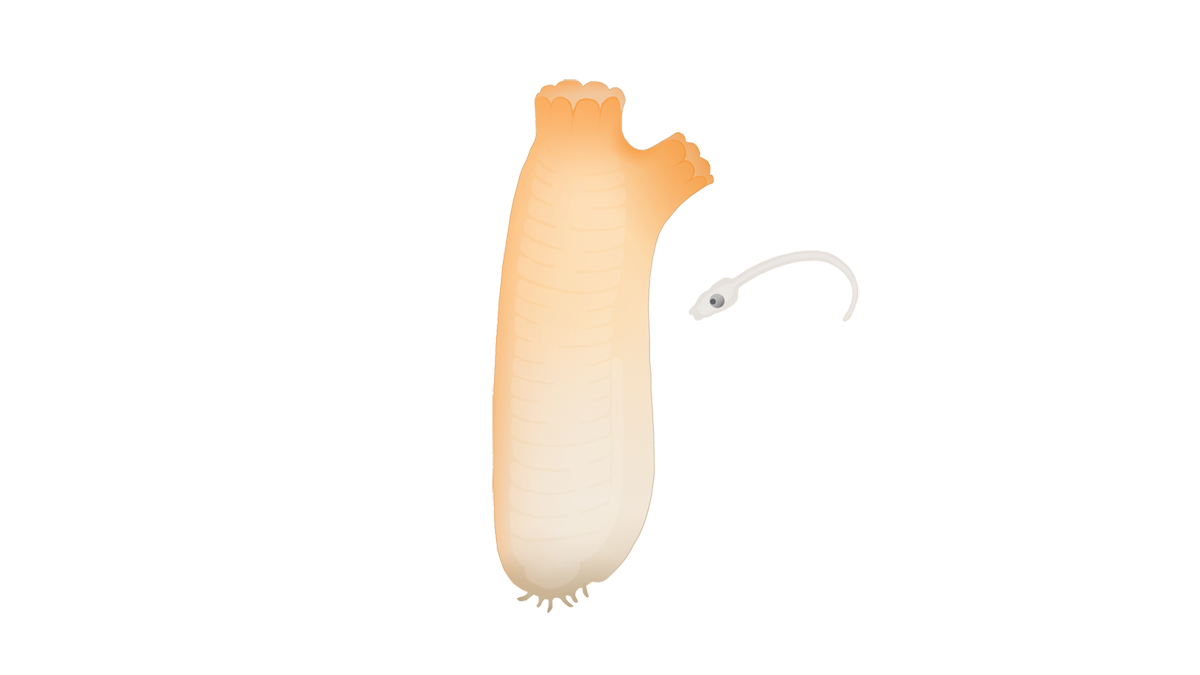About Me
Bio
January 6th 1984, Valledupar, Colombia Swedish citizen; Resident of Uppsala, SwedenInterests
Music, Painting, Science, Illustration & Web designContact
E-mail: daniel.ocampo.daza /at/ gmail.comBackground
I received my M.Sc. in biology from Uppsala University in 2007 and subsequently pursued a doctorate under the supervision of prof. Dan Larhammar at the Department of Neuroscience, Uppsala University. I defended my thesis "Evolution of Vertebrate Endocrine and Neuronal Gene Families: Focus on Pituitary and Retina" on 1 March 2013, receiving a Ph.D. in medical science.Awards and honors
The Royal Society of Sciences in Uppsala awarded me the 2015 Benzelius prize in the Biology-Medicine class, with the motivation - "For your pre-eminent studies of vertebrate genomes". The prize was confered at a public ceremony in Uppsala on September 1, 2015. The Royal Society of Sciences in Uppsala is Sweden's oldest scientific academy, founded in 1710, and counts Carl Linnaeus, Olof Rudbeck the younger and Anders Celsius among its early members. The Benzelius award, named for the founder of the society, Erik Benzelius the younger, was founded in the 1980's to promote and reward young researchers.Postdoctoral research
I received a three-year international postdoc grant from the Swedish Research Council in 2016 for the project "Genomic and developmental approaches to illuminate the evolution of chitinous tissues in vertebrates". My postdoctoral research was carried out at Uppsala University, in the Department of Organismal Biology - Evolution and Development, and at the University of California Merced School of Natural Sciences between January 2017 and April 2020.Current position
University of California Merced. I am currently affiliated with the School of Natural Sciences as an assistant specialist in prof. Chris T. Amemiya's lab. CTC Clinical Trial Consultants. Since September 2020 I am working as a medical writer for CTC Clinical Trial Consultants, a CRO based in Uppsala.Skills summary
Evolution, Neuroscience, Comparative endocrinology, Scientific writing, Molecular evolution, Sequence analysis, Phylogenetics, Genome Analysis, Gene prediction and annotation, BioinformaticsLanguages
Native/bilingual proficiency in Spanish and Swedish
Full professional proficiency in English
Degrees
2003 — Upper Secondary School DegreeEksjö Gymnasium, Natural Sciences Programme 2007 — M.Sc. in Biology
Uppsala University, Biology Education Centre 2013 — Ph.D. in Medical Science
Uppsala University, Medical Faculty
Bio
January 6th 1984, Valledupar, ColombiaSwedish citizen; Resident of Uppsala, Sweden
